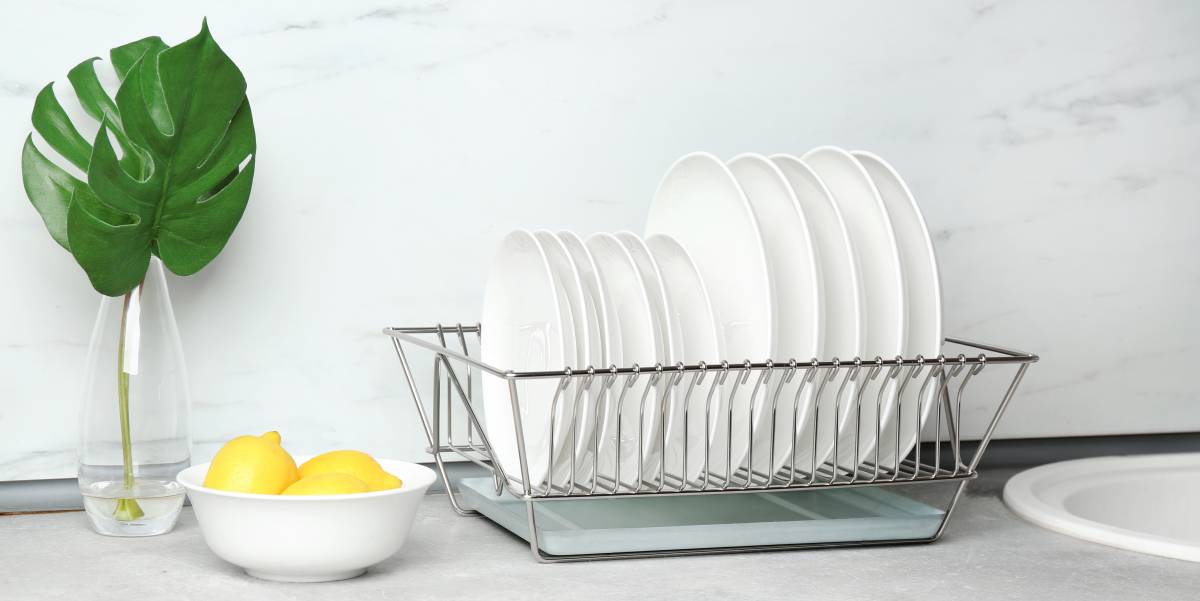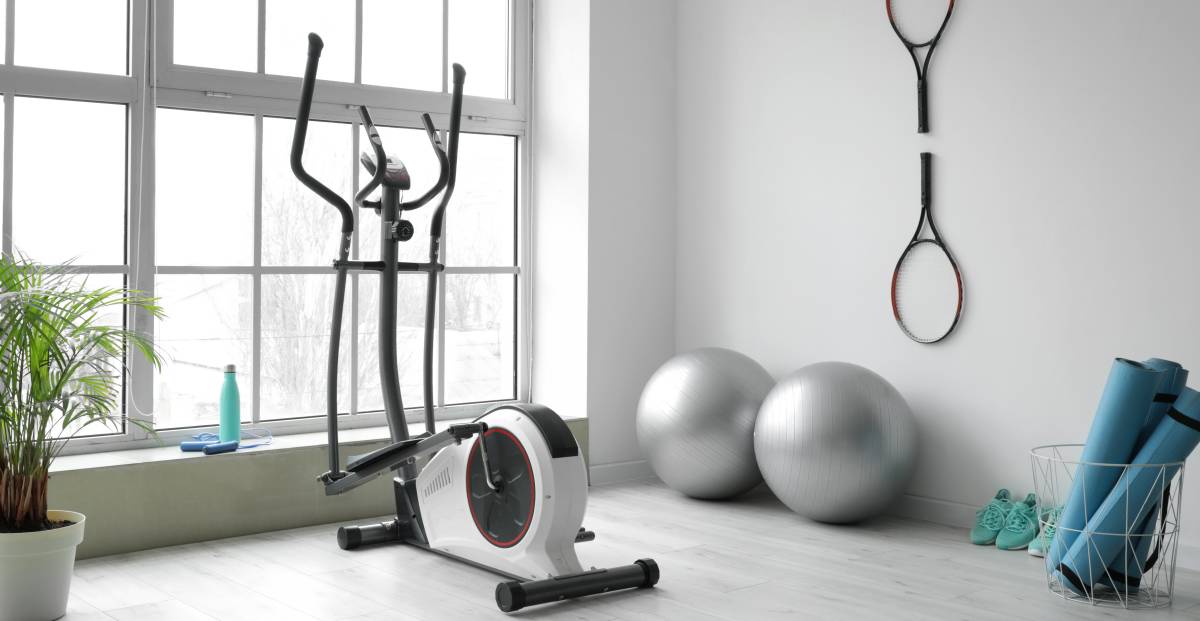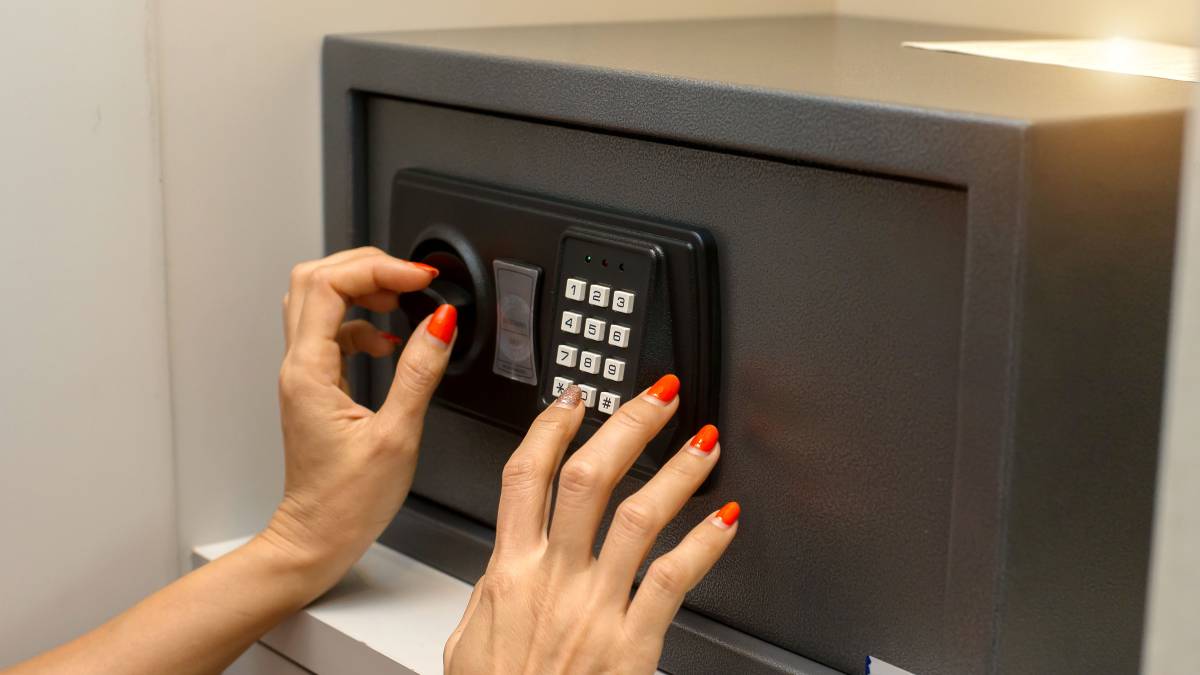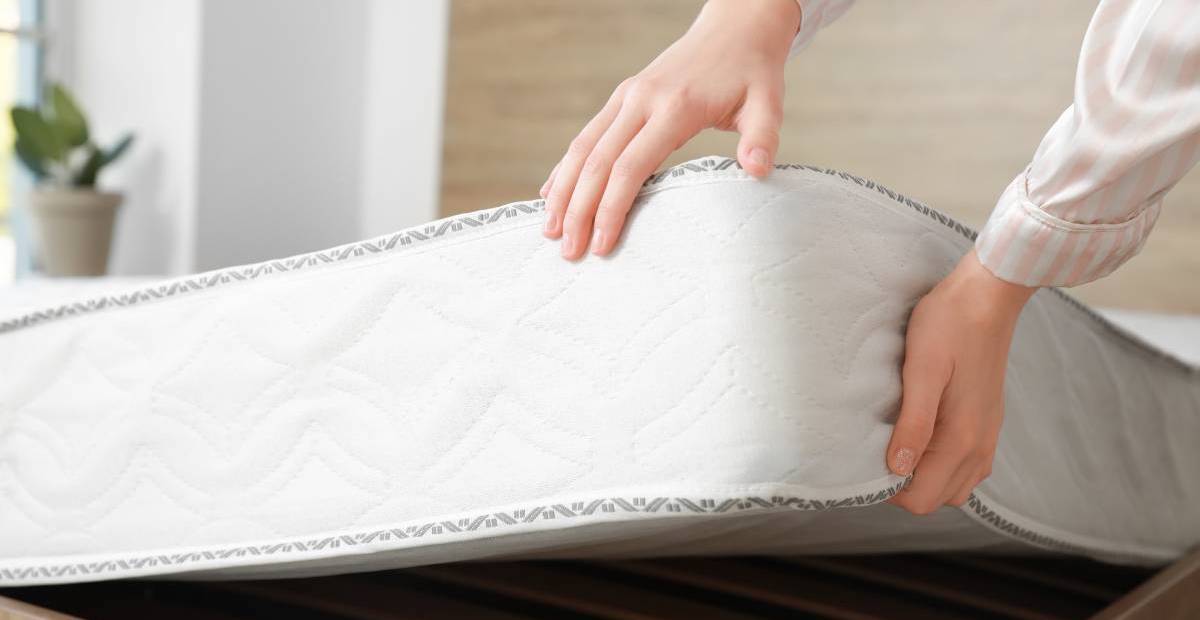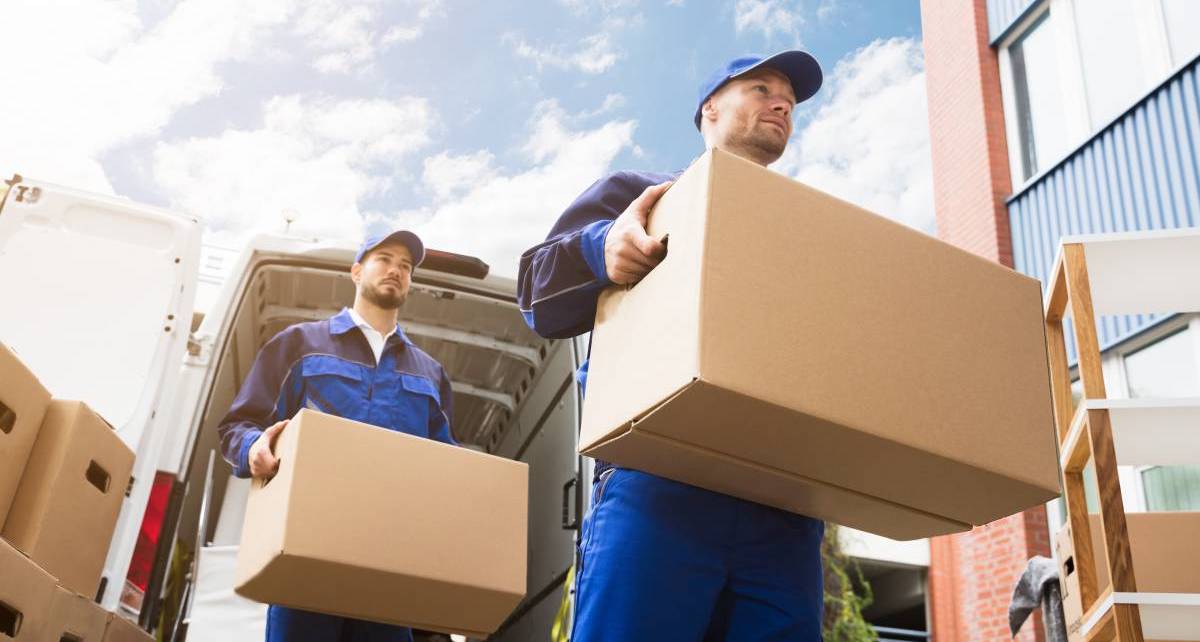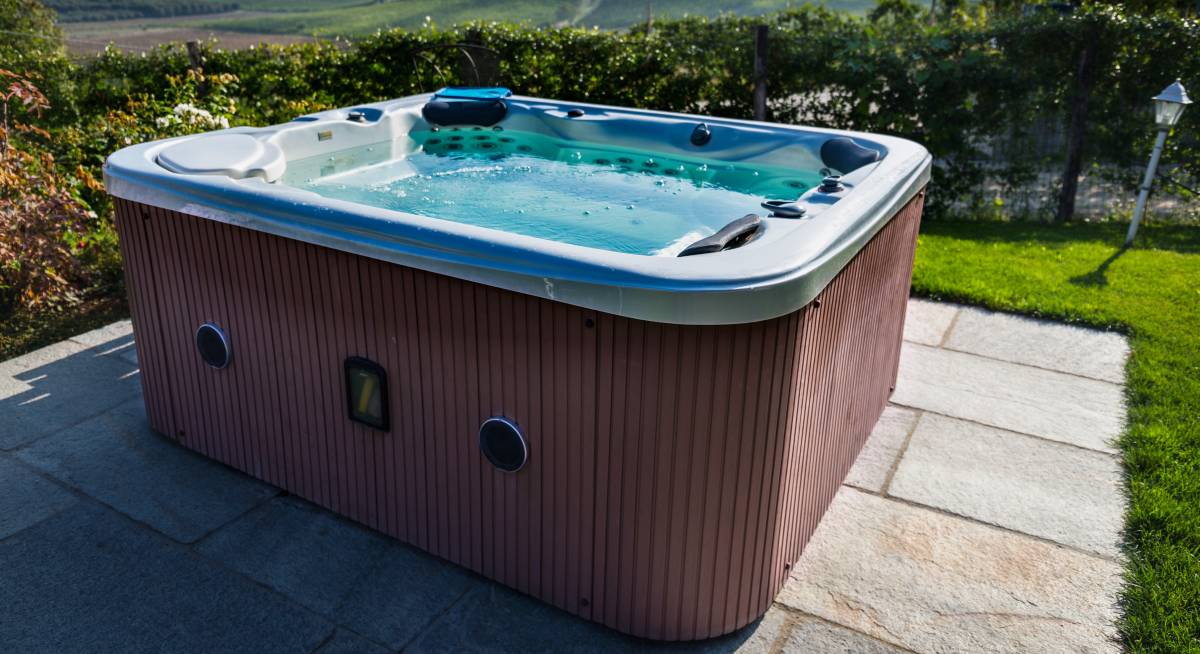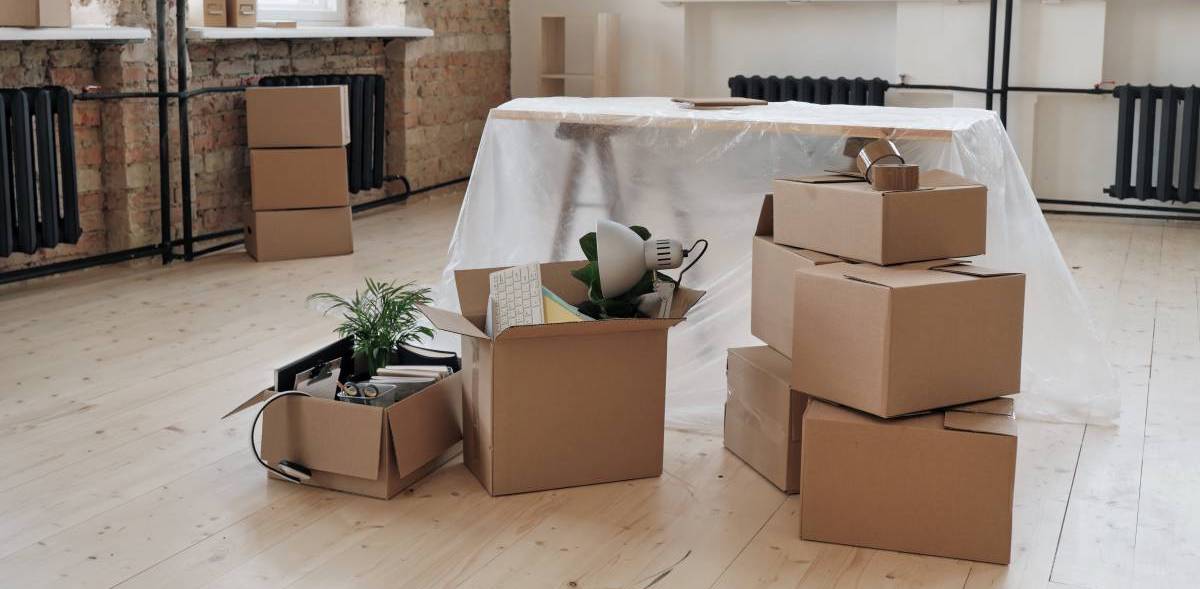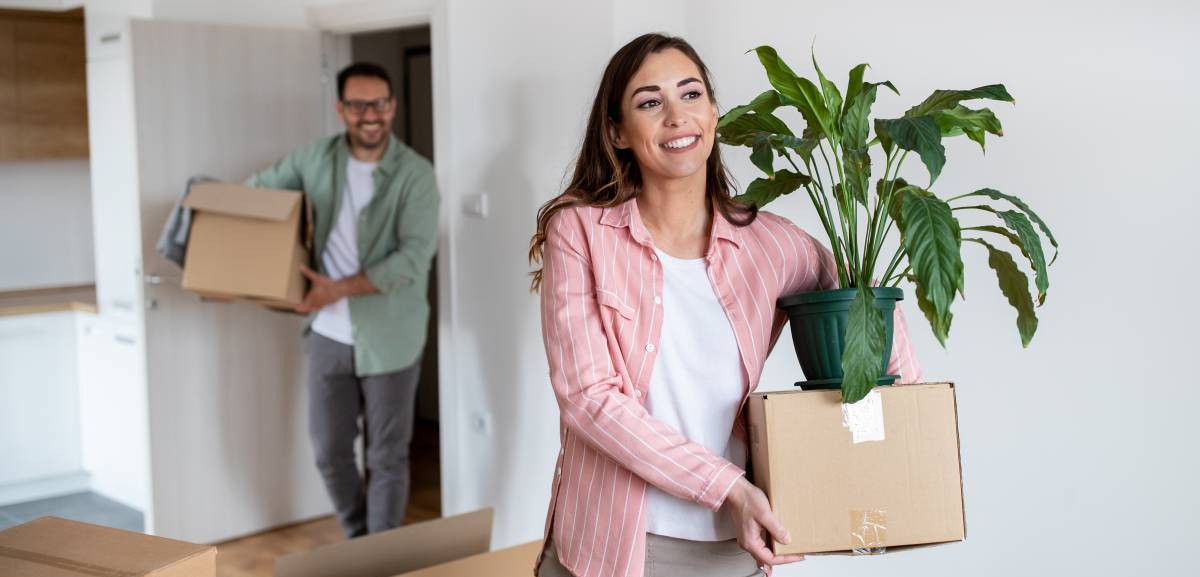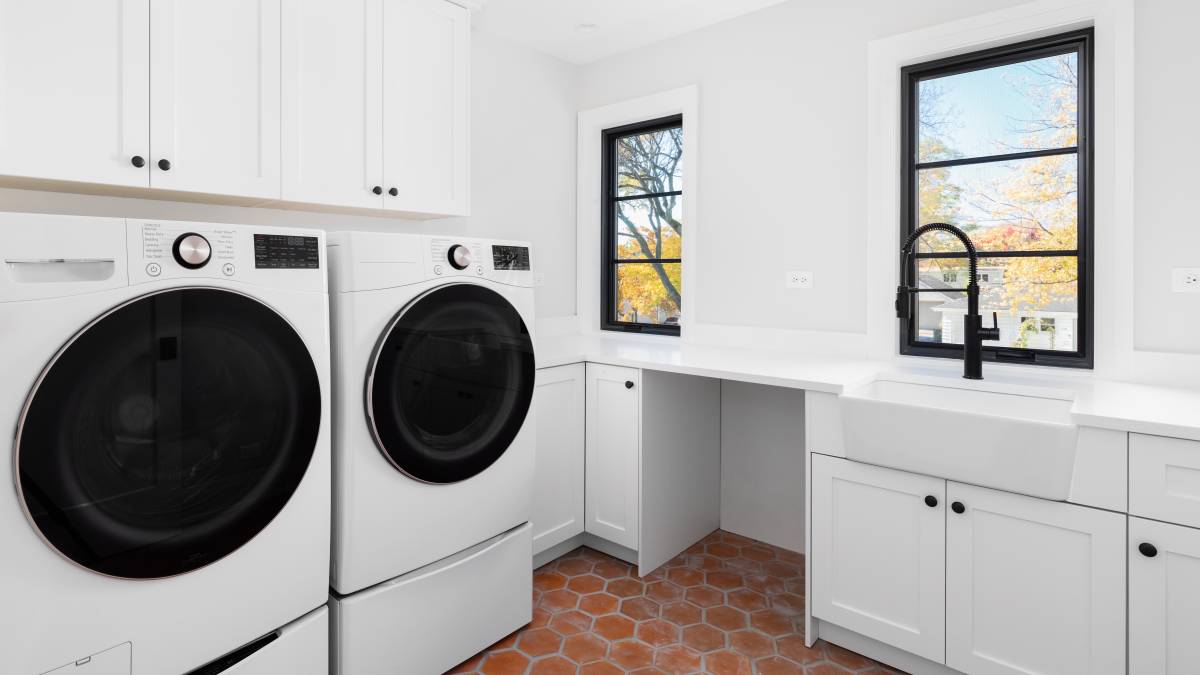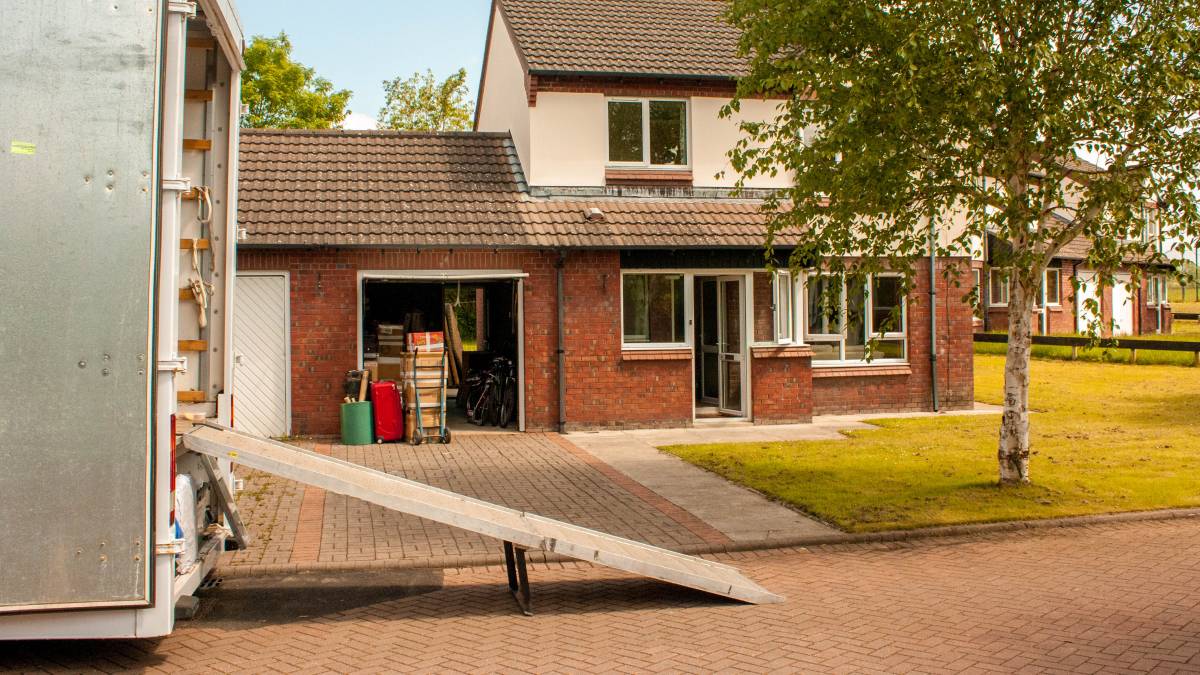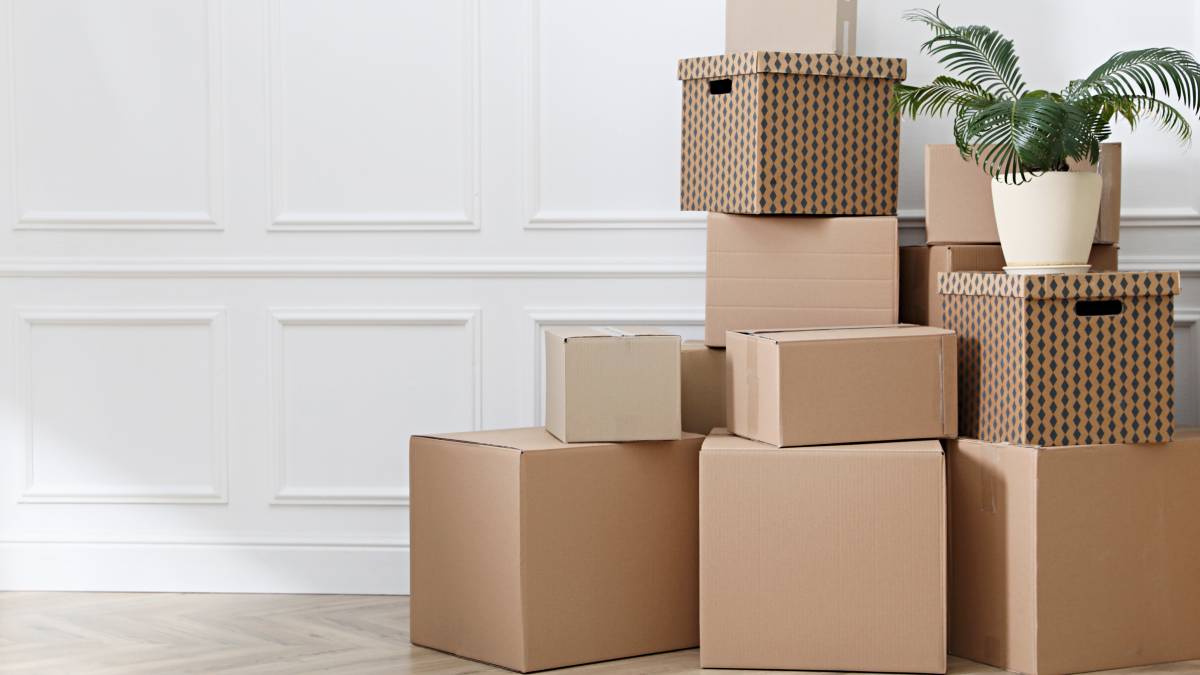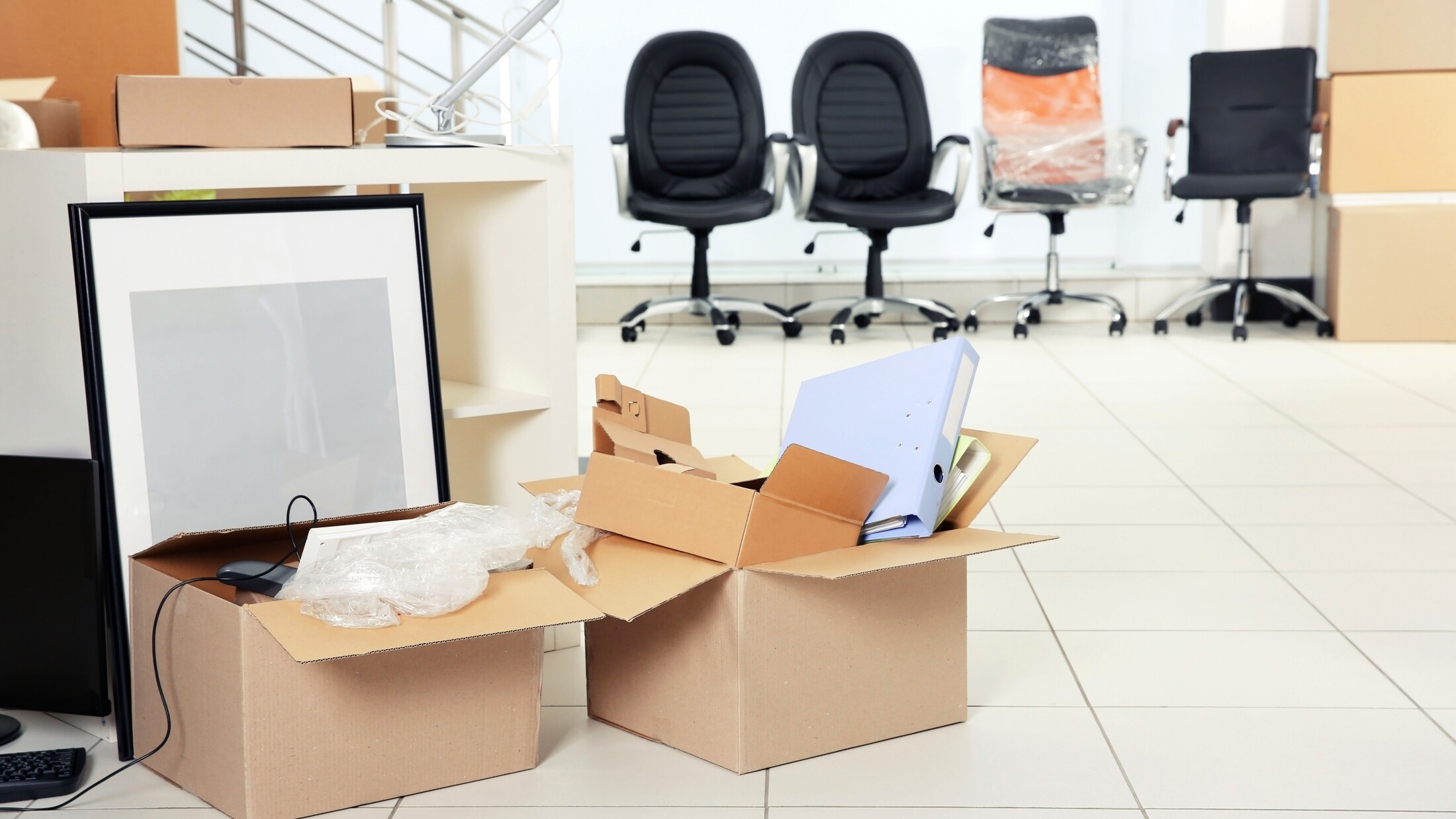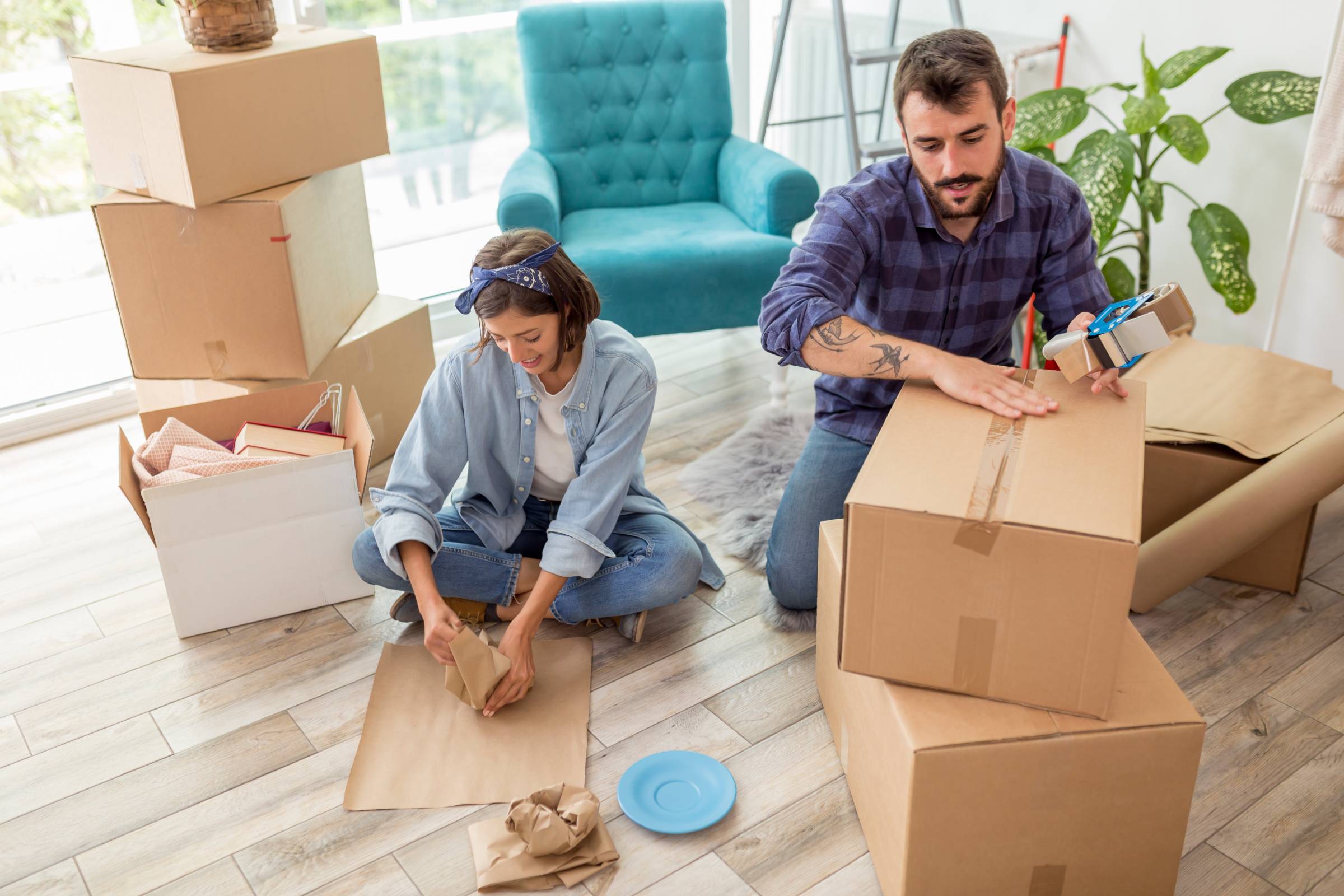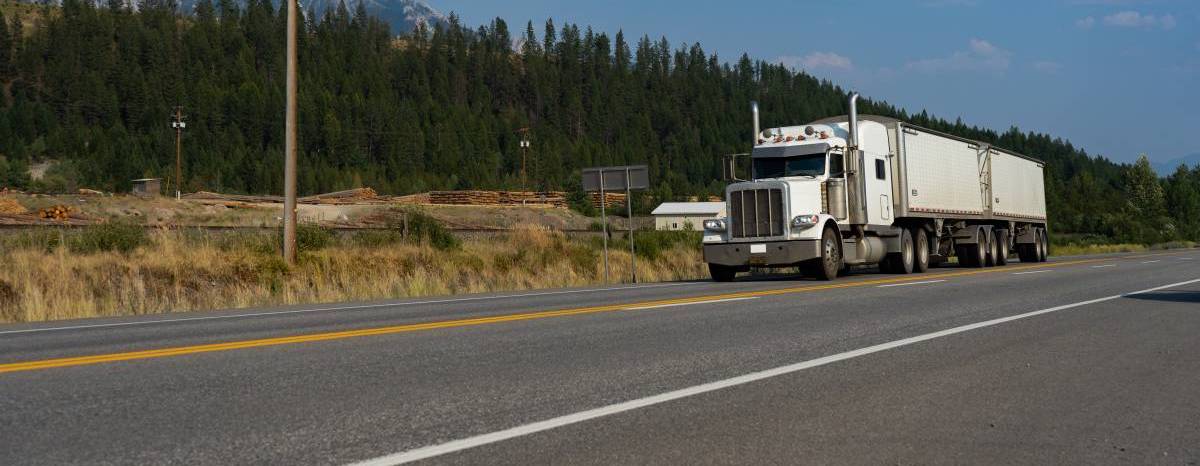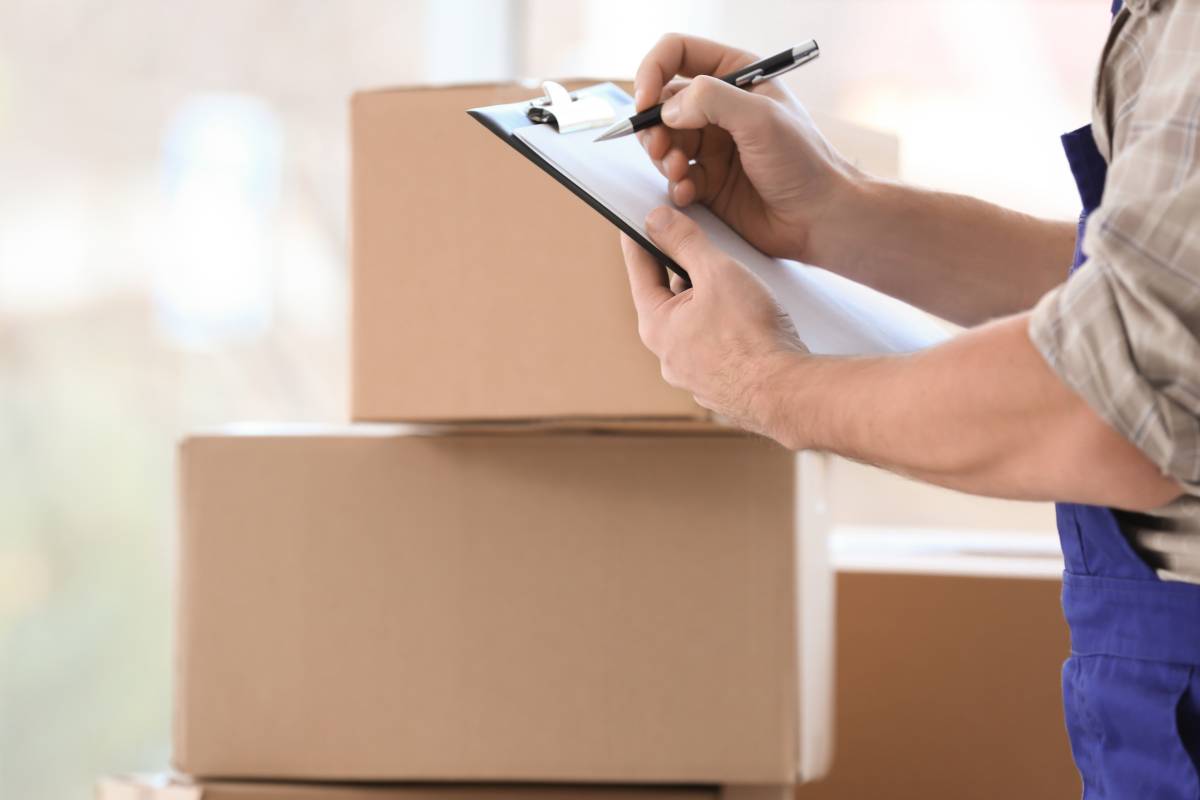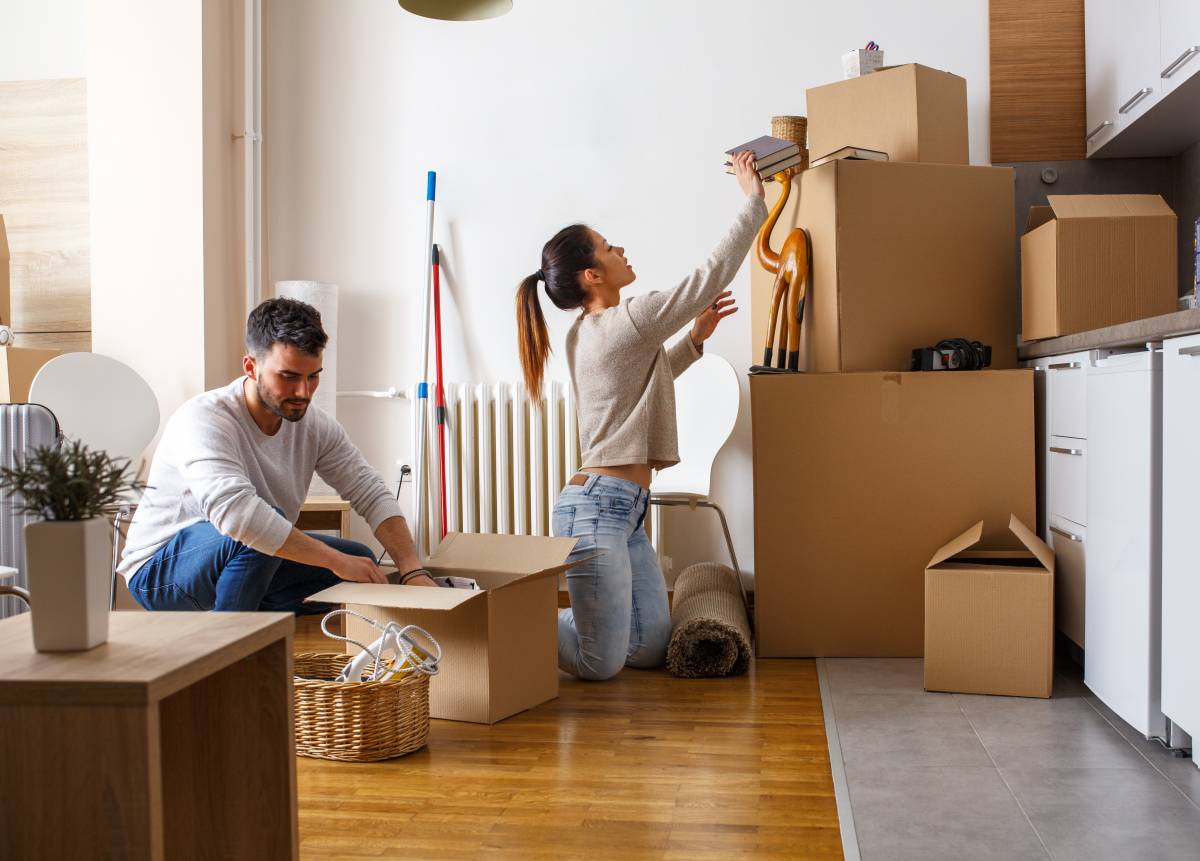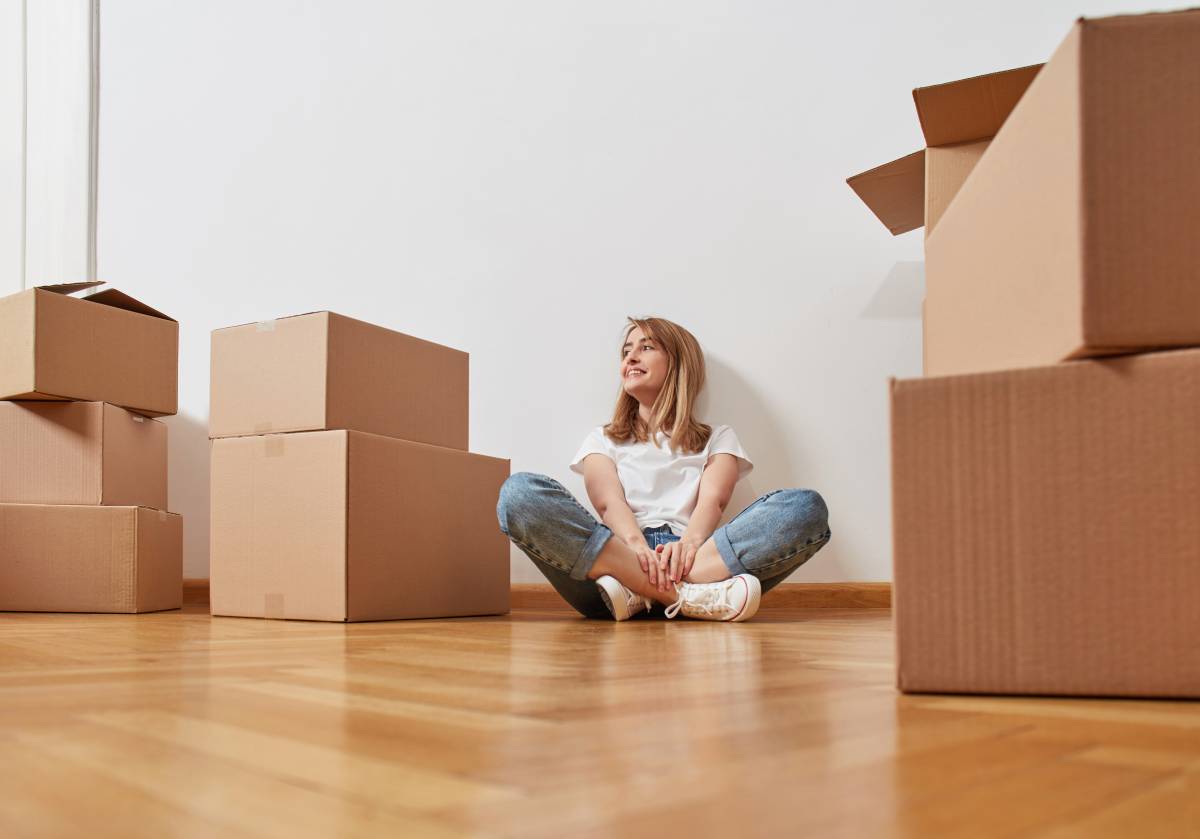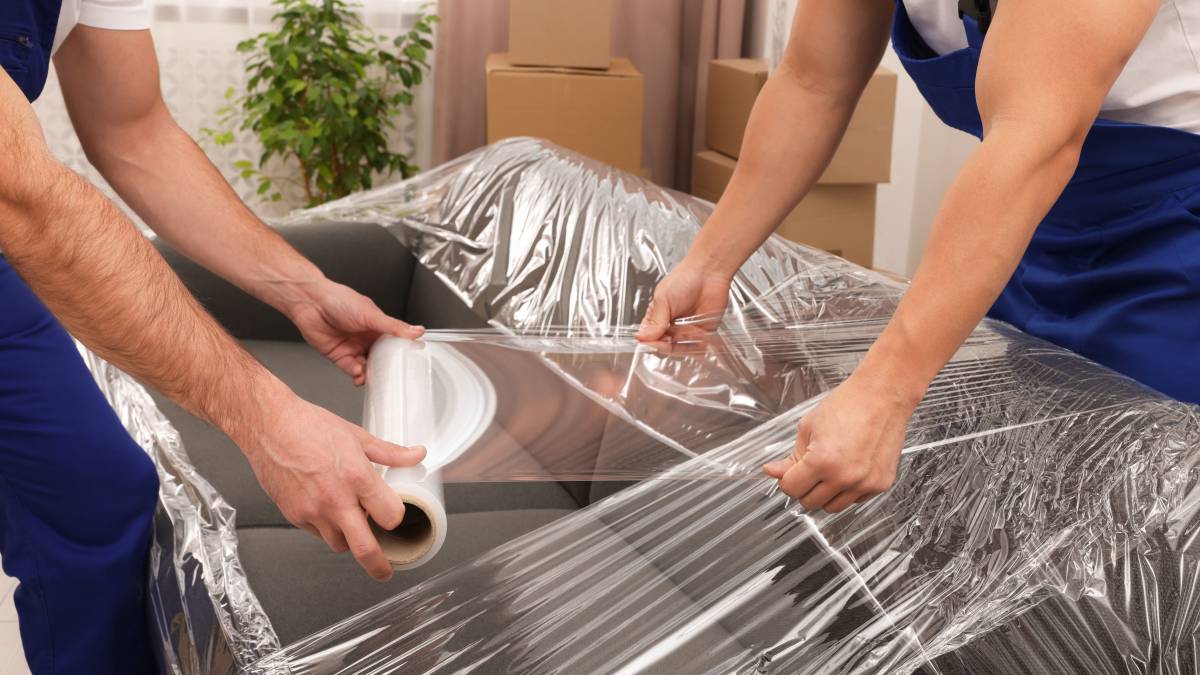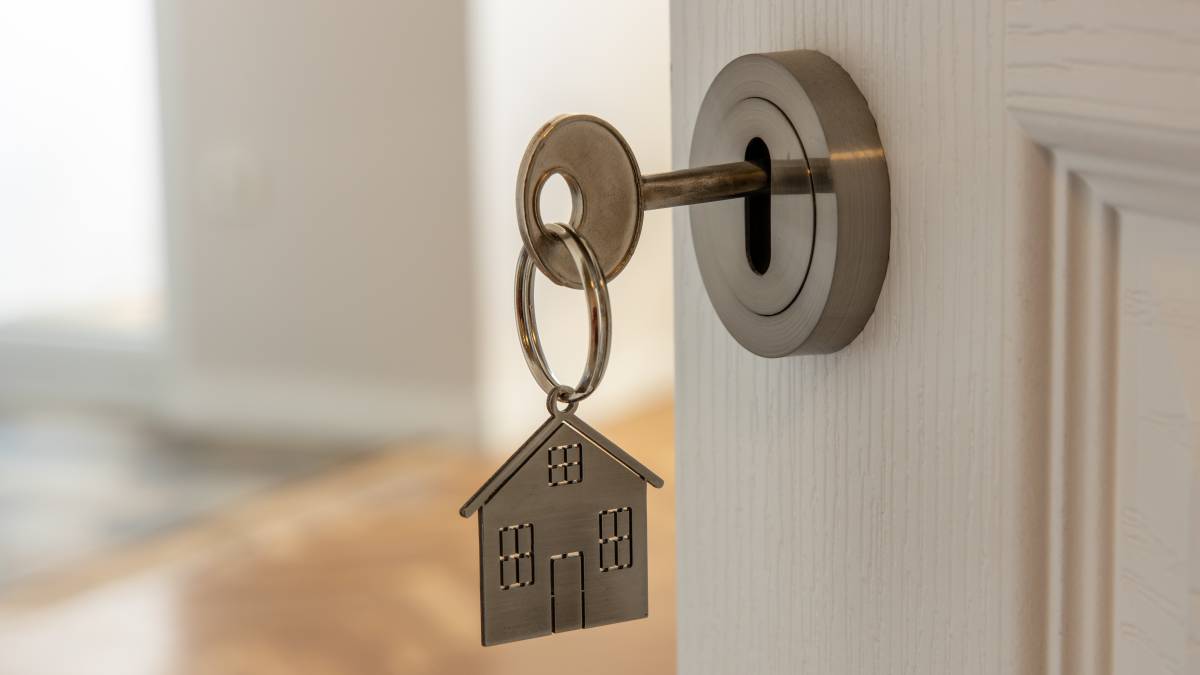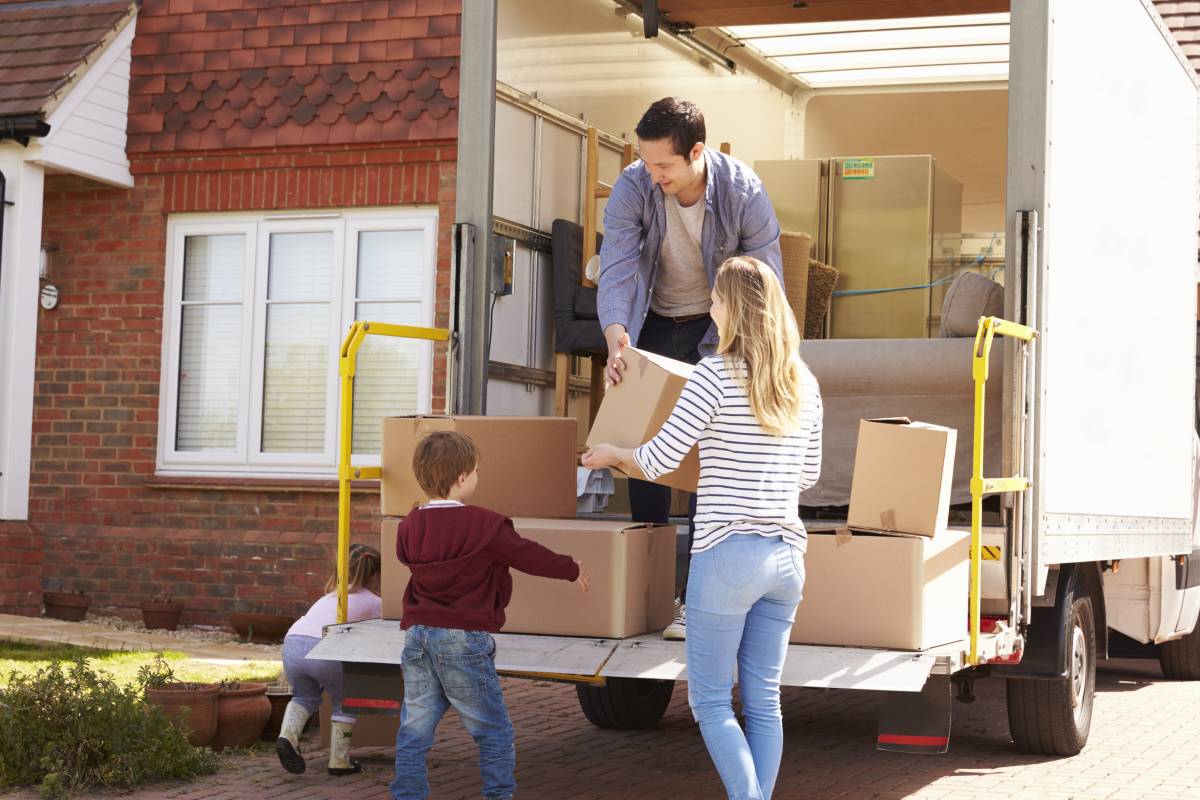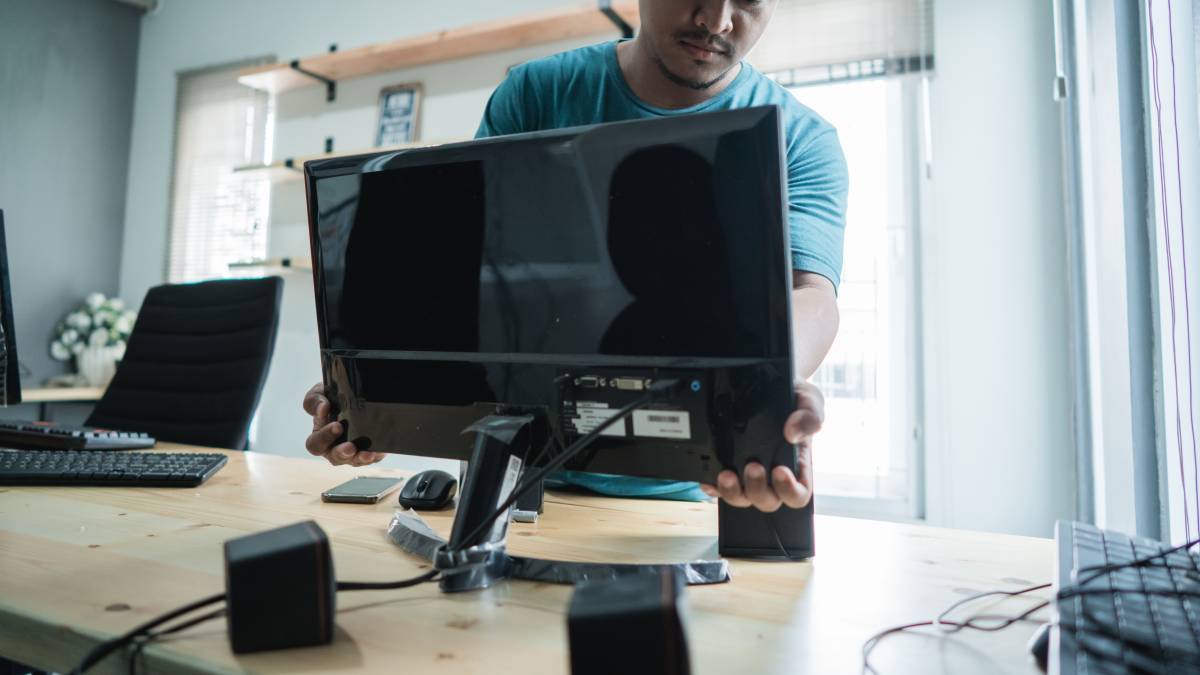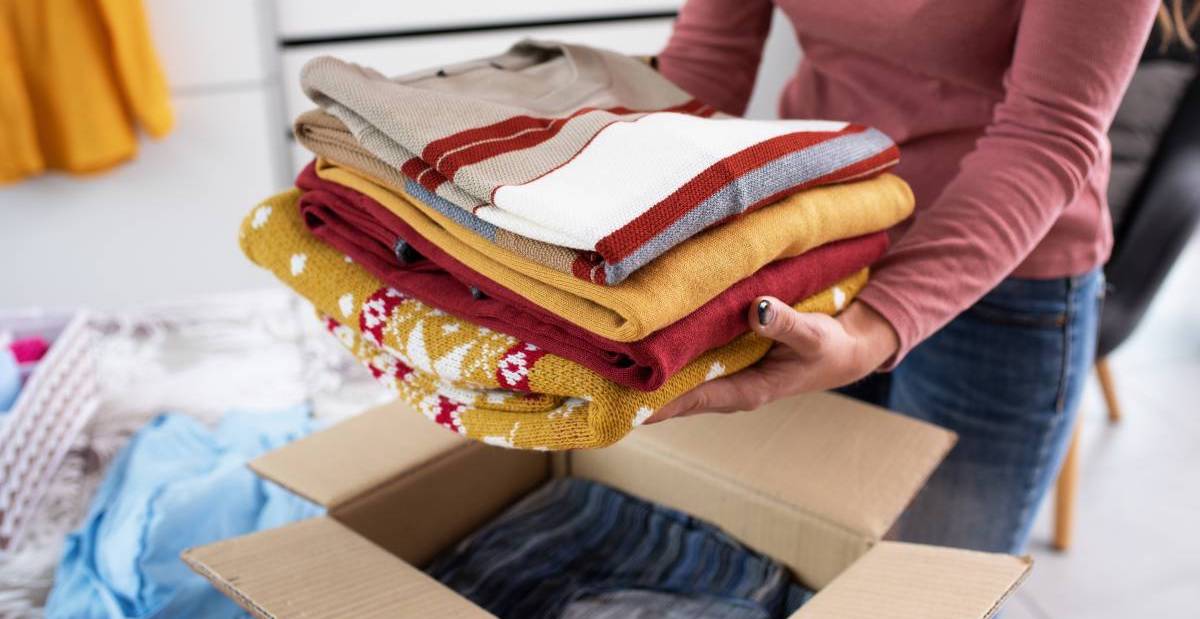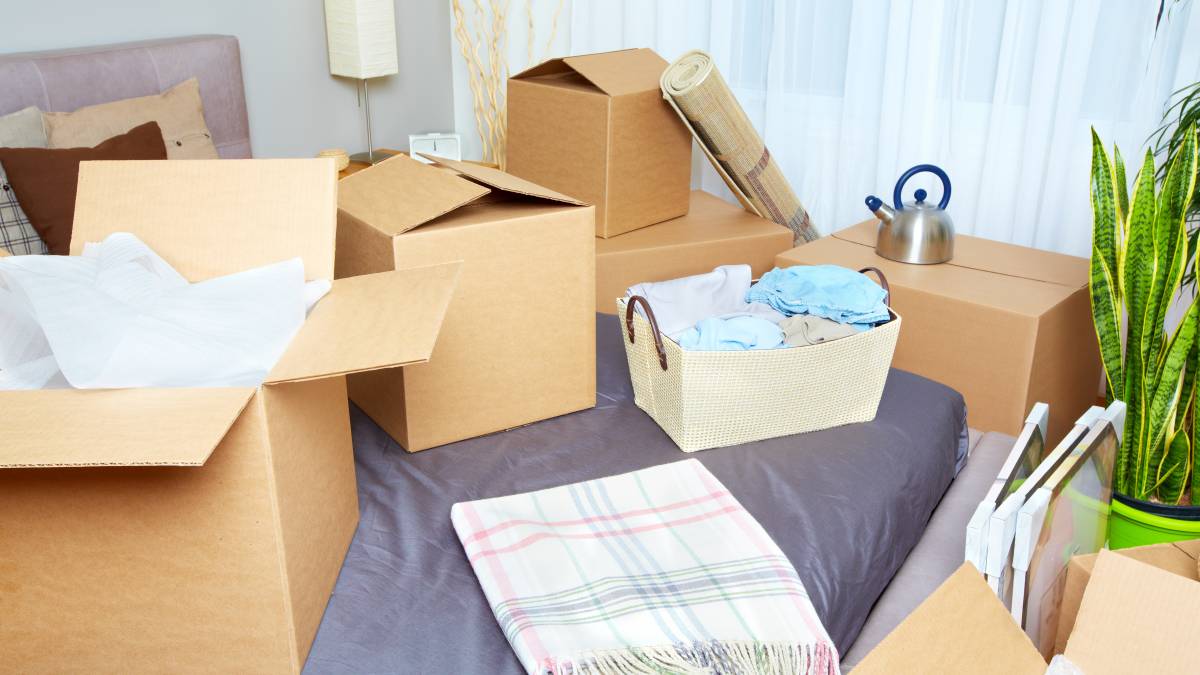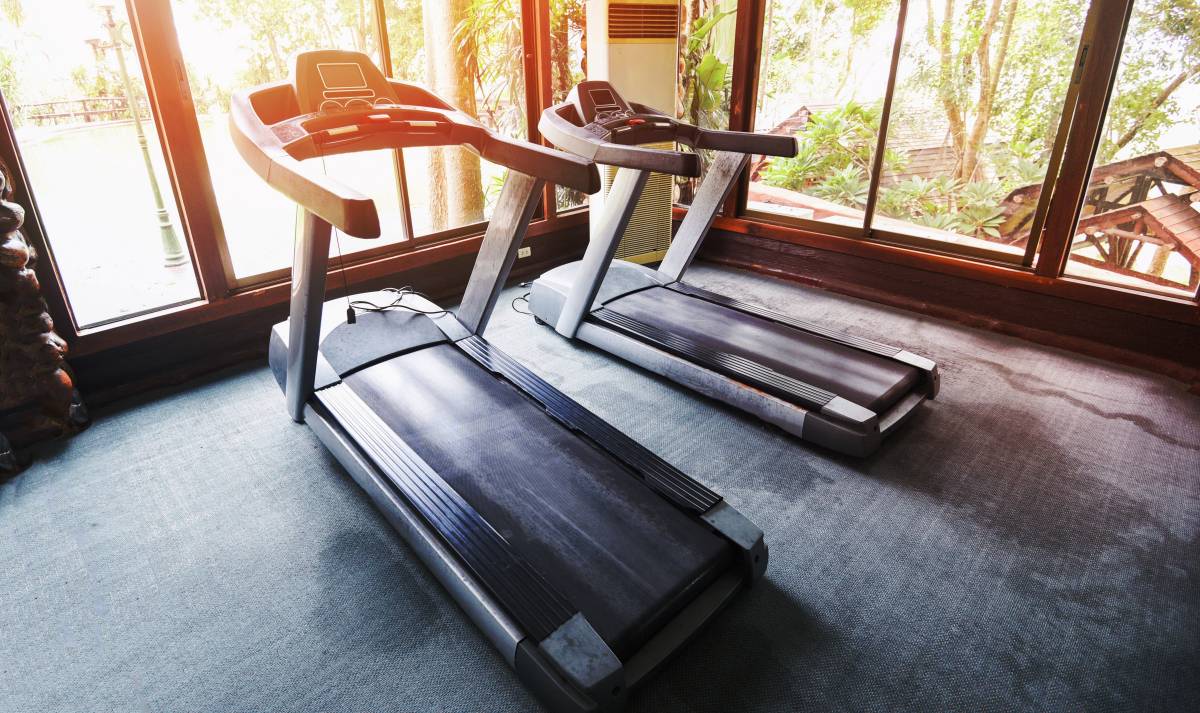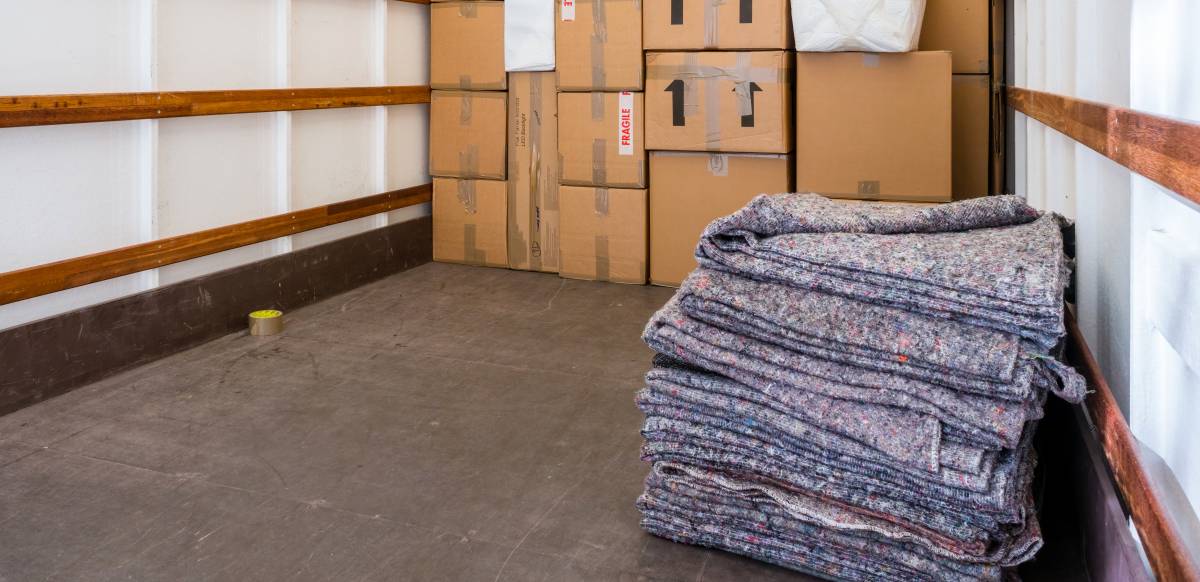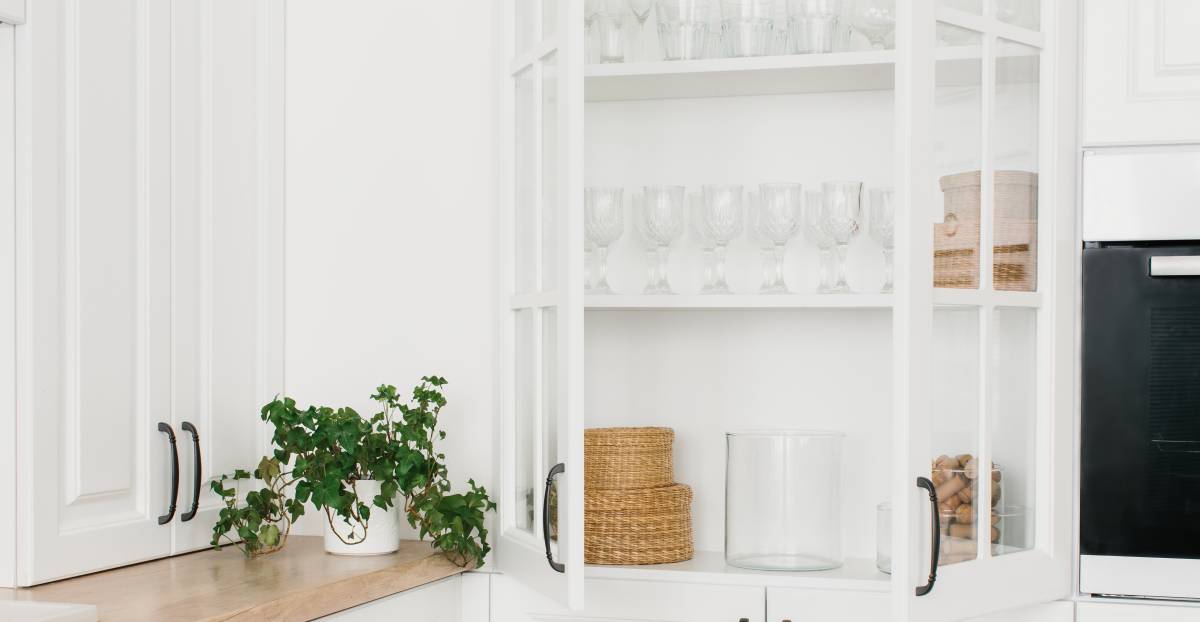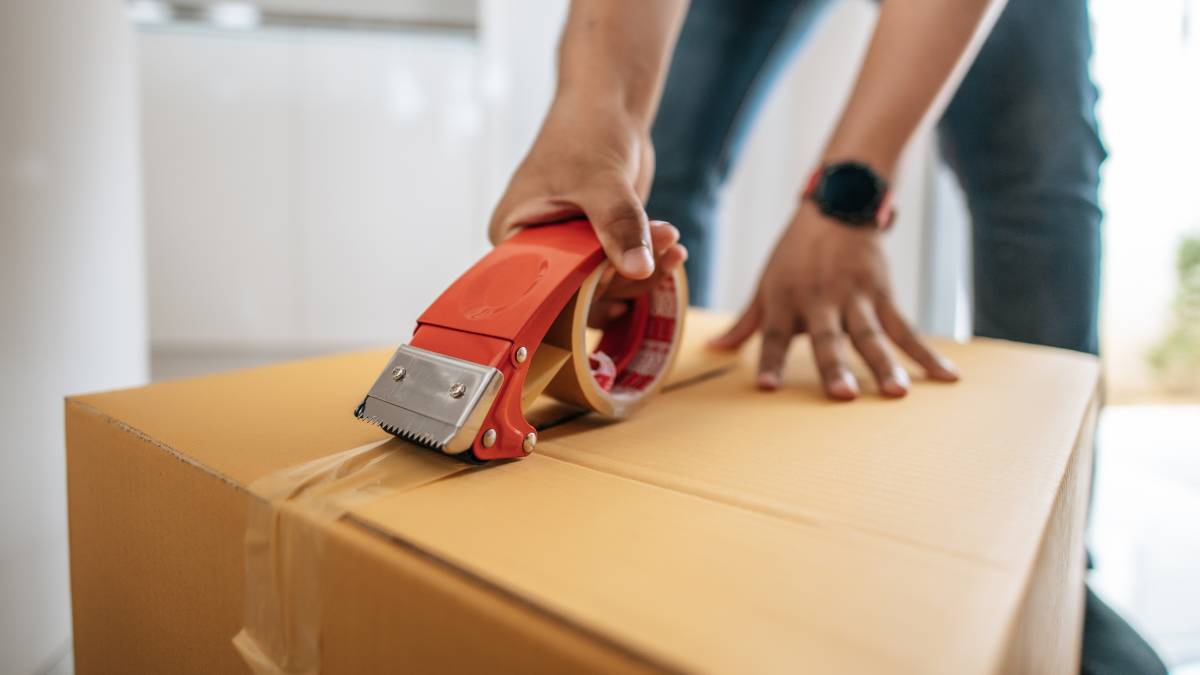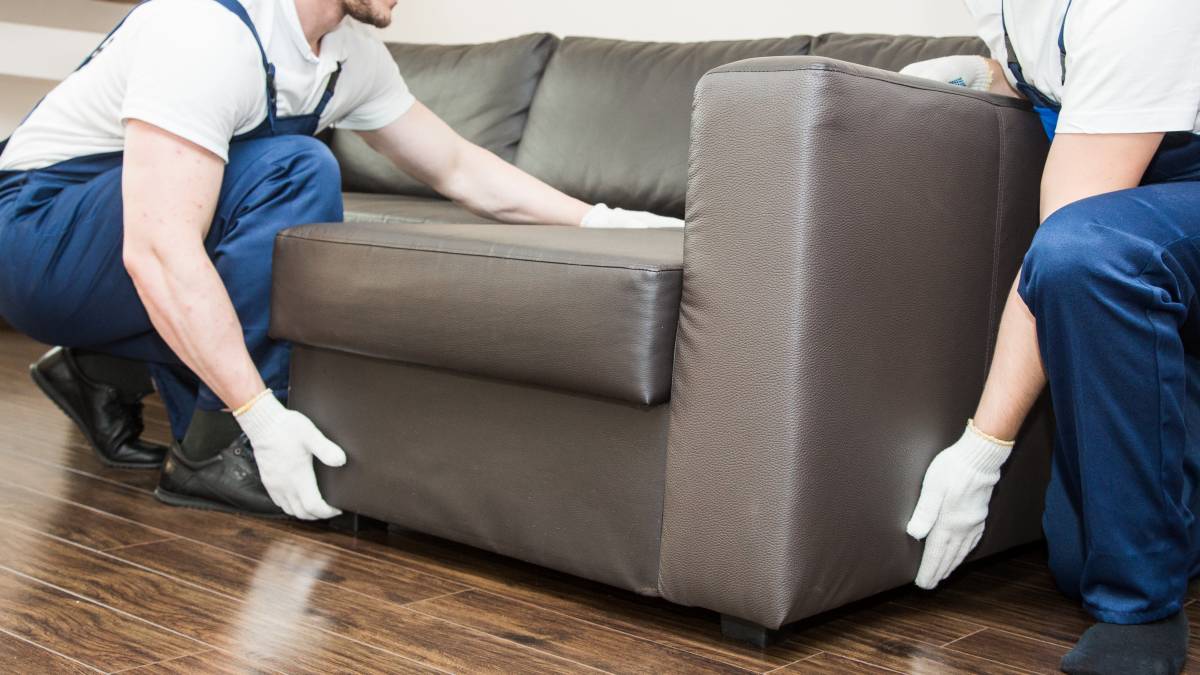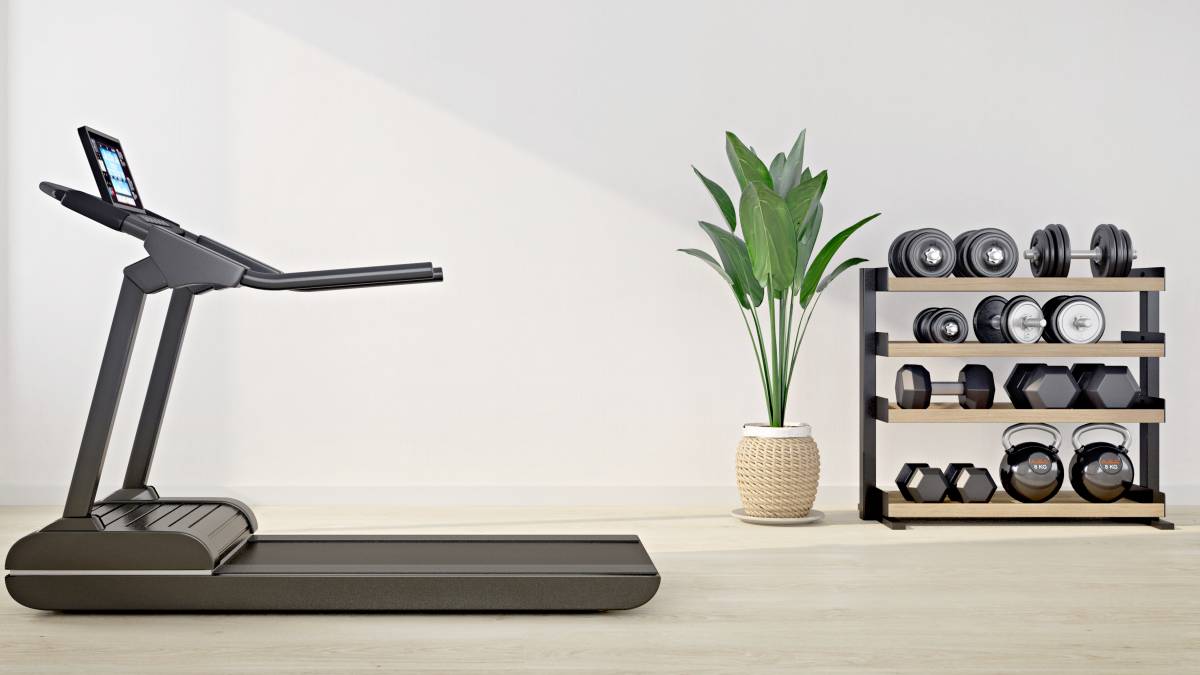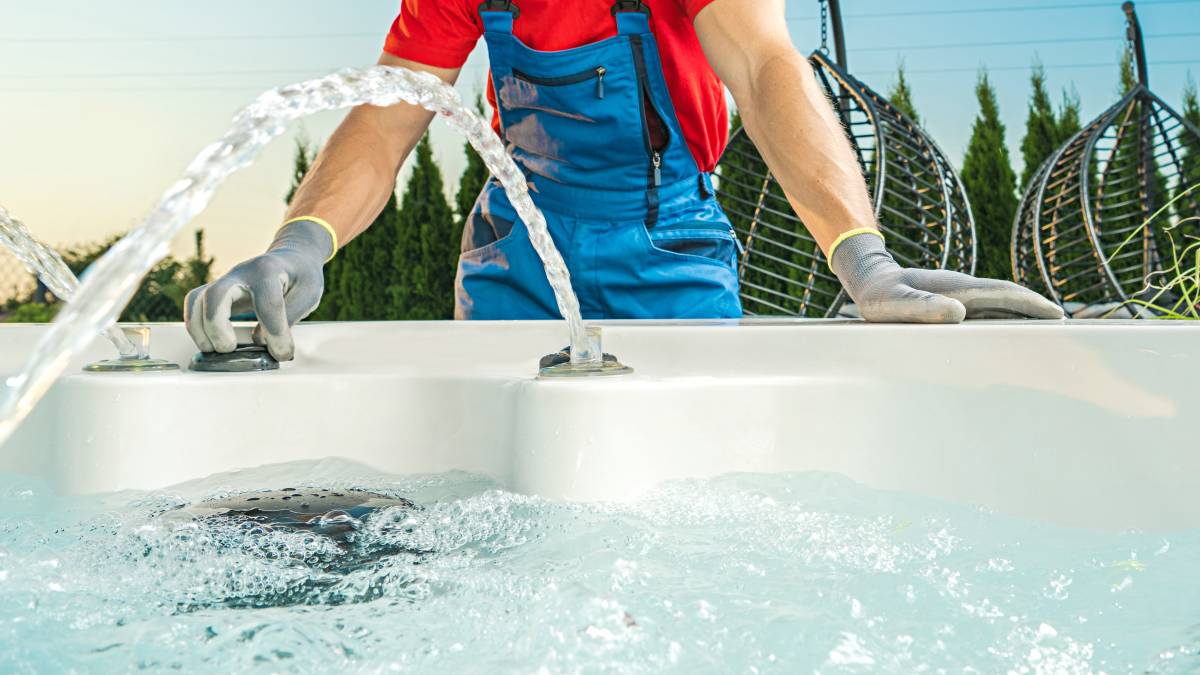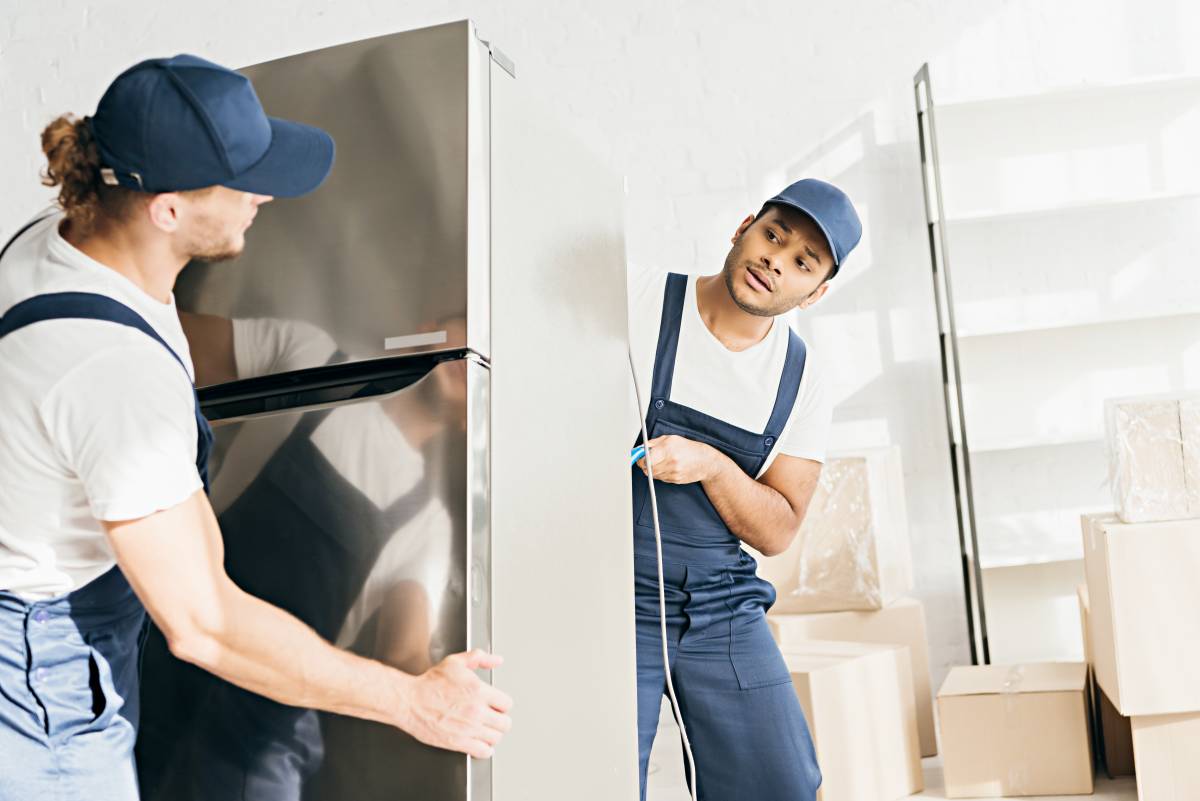- Home/
- Guides/
- Packing & Unpacking/
- How to Use Bubble Wrap
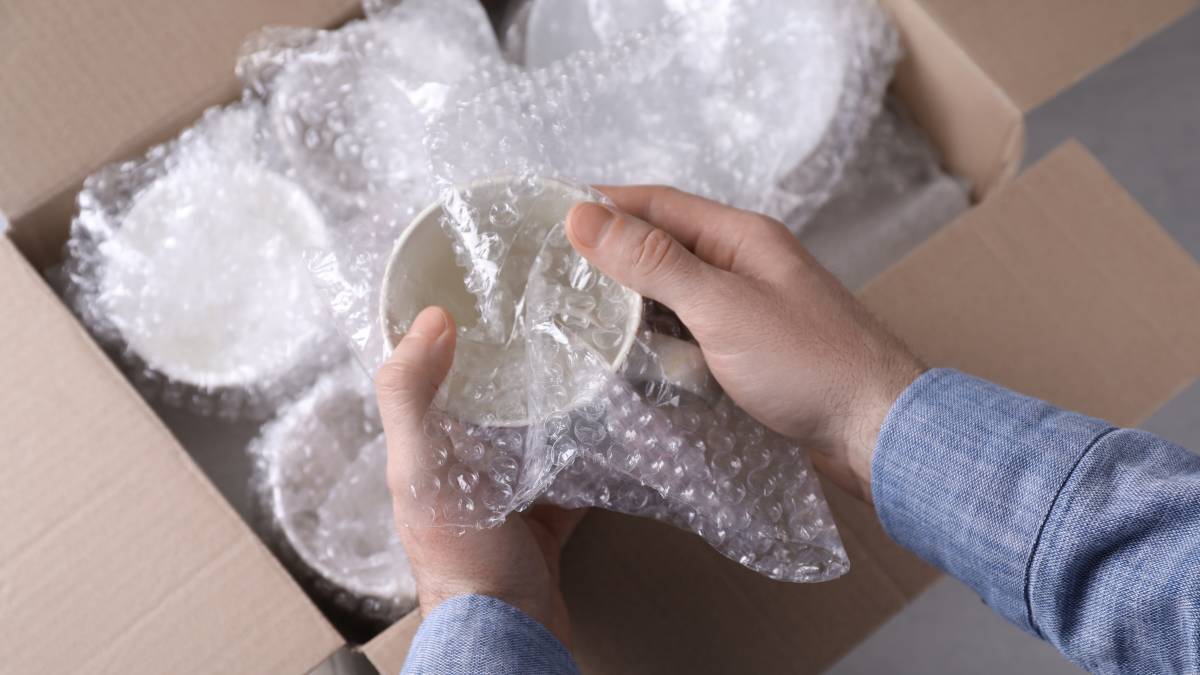
Wrap and protect: Here's how you can use bubble wrap for packing
Keep your items secure on the move. Find out how to pack with bubble wrap easily.
Work with a professional packerLast Updated on
Moving is exciting but can be complicated. And it can get bad if you don’t pack your items with care. Nobody wants to find their heirloom china or dinnerware broken into pieces as soon as they unload them. These accidents could be prevented by using bubble wrap for extra protection or cushion.
Of course, you must know how to use bubble wrap for packing correctly to avoid broken or damaged items during transportation. So, if you’re looking for how to pack fragile items for moving, you’re in the right place.
What you’ll need
You can reuse bubble wrap from your purchases for packing or ask family and friends if they have some lying around the house before purchasing more. You can use bubble wraps to pack delicate items, such as mirrors, lamps, vases, artworks or paintings, items with sharp corners and fragile surfaces, and other items that may be easily damaged.
When you’re ready to pack your items, ensure you have these things ready:
Bubble wrap
Tape
Scissors
Markers
Boxes
Packing paper (for additional support)
A flat surface with enough space
Bubble wrap for packing tips and completion time
Packing with bubble wrap is both cost-effective and time-efficient. But know that some items require additional support (like newspapers or packing papers) for breakable items like dishes, mirrors, or computer screens.
Bigger breakables may need more layers of bubble wrap. So it may take longer to wrap larger delicate items like packing artwork for moving. On average, it may take a day to pack your belongings if you're living in a one-bedroom flat.
A step-by-step guide to using bubble wrap for packing
Step 1: Work on a flat surface
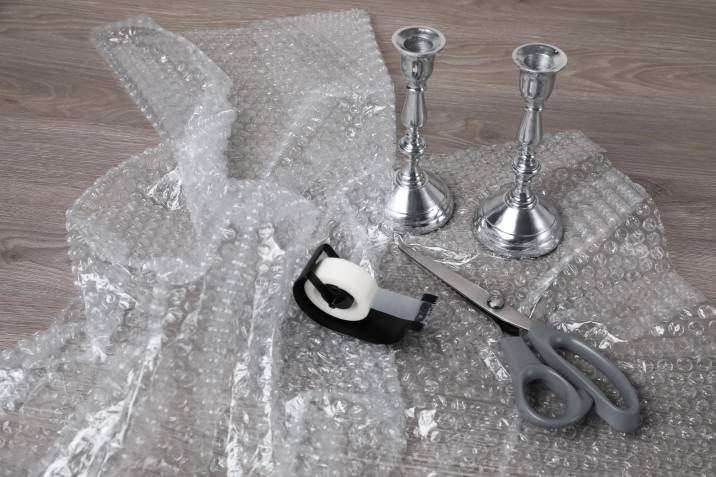
Find a flat surface with enough space to cut out bubble wrap sheets. Remove anything that could spill, such as your drink, and anything that could leave scratches or marks, like keys and other sharp objects.
Step 2: Cut a generous size for each of your item
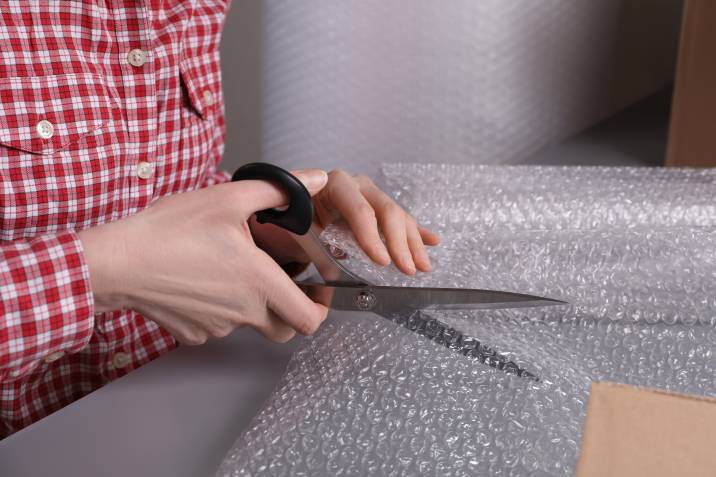
Time for cutting the bubble wrap! Lay the item to ensure that you’re cutting large enough bubble wraps to cover the item multiple times. Make sure to use scissors to cut through the wrap neatly.
|
💡Tip: Which side of the bubble wrap to use? Bubble side in, flat side out. The flat side of the bubble wrap should be outside, whilst the side with the bubbles should face your item because it acts as a cushion for safety in transit. If the bubble side is outside, there is a higher possibility of popping and eventually less protection against breakage. |
Step 3: Wrap the items
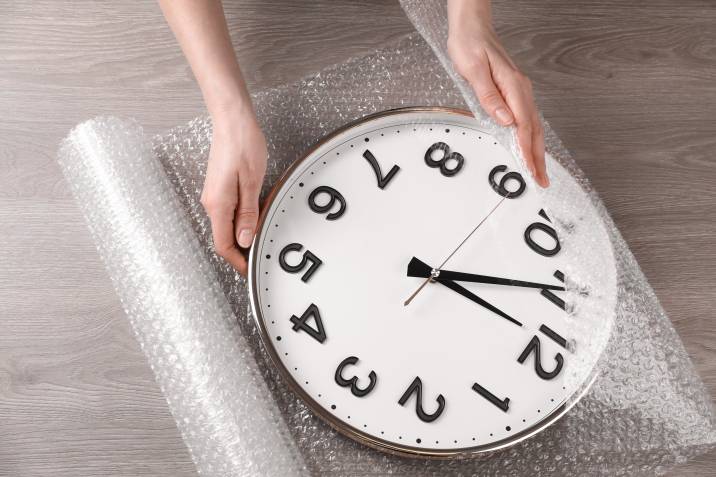 There are two ways to wrap your belongings: one is to fold, and the other is to roll up the item into a cylinder shape (burrito method).
There are two ways to wrap your belongings: one is to fold, and the other is to roll up the item into a cylinder shape (burrito method).
If the folding method is the best for your item, place it in the centre and wrap it generously. If you opt for the burrito method, put your item on one end and roll it up, allowing multiple layers of bubble wrap to surround it.
For guaranteed safety, use other packing materials for support. So be sure to remember to pack plates in a newspaper or kraft paper before bubble wrap!
Step 4: Use tape, scissors, and other materials to secure the item 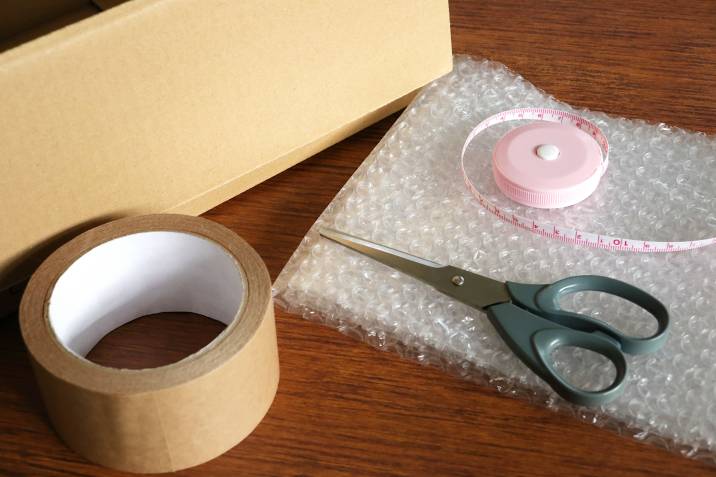
On top of wrapping your item generously with layers of bubble wrap, make sure to use tape, scissors, and other packing materials (like packing paper, newspaper, and foam) for added protection and to keep the item from sliding inside the packaging or box.
Using tape will hold the bubble wrap and/or your item in its position, avoiding breakage by slipping even during the wrapping stage. Avoid tearing bubble wrap by hand! Instead, use a pair of scissors so you can prevent injuries and damage to your belongings.
When it’s time to place them in your moving boxes, you can put in an extra bubble wrap for padding and to secure the items in place.
| If you have excess bubble wrap, think twice before throwing it away. You can use your leftover bubble wrap to keep your home warm come wintertime! |
To (bubble) wrap it up
Wrapping with bubble wrap ensures that your fragile items, your prized possessions, are kept in a safe and secure condition when moving. But to ensure maximum safety, learn how to use bubble wrap correctly. If you're a bit pressed for time, consider contacting a professional packer to wrap and pack your valuables for you.
With preparations like this, you can make moving less stressful! You can also hire professional removalists to help you. Experienced removalists have tried-and-tested systems that make moving easier and faster.
FAQs about using bubble wrap for packing
The bubbles should face the item. The flat side is outside. Remember that the extra cushion is for the item’s safety, so for proper packing, be sure not to interchange! You can fold the bubble wrap or use the burrito method (rolling method).
Wrap generously! Fragile items that are bubble wrapped in multiple layers or coverings keep them safe from possible scratches and breakage during transit.
Find packing and unpacking services, fast
Find a packing and unpacking service
Related articles
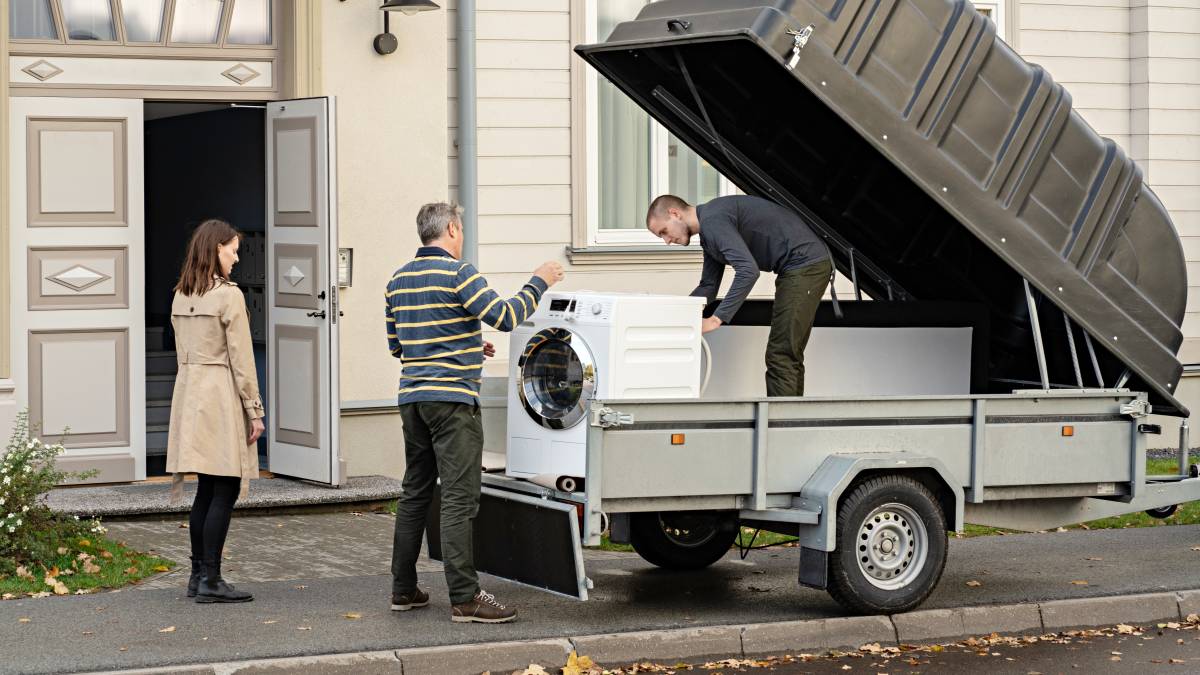
How to move a washing machine
Read more
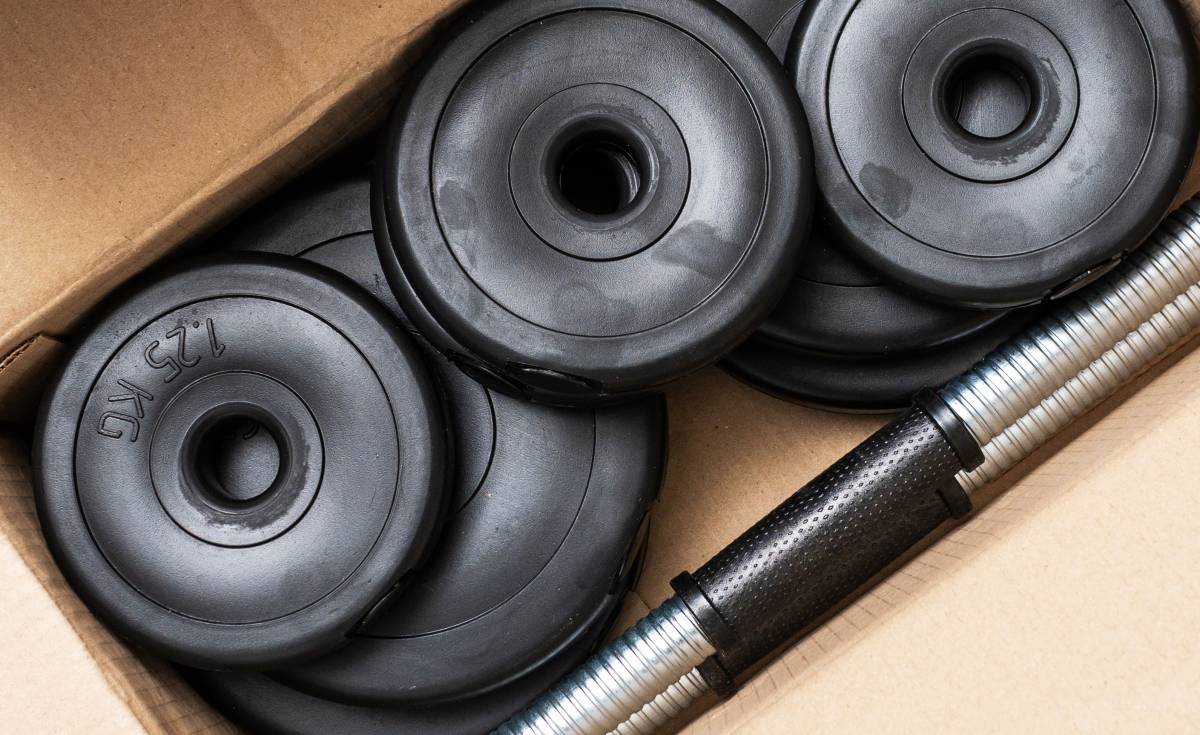
How to move gym equipment safely
Read more
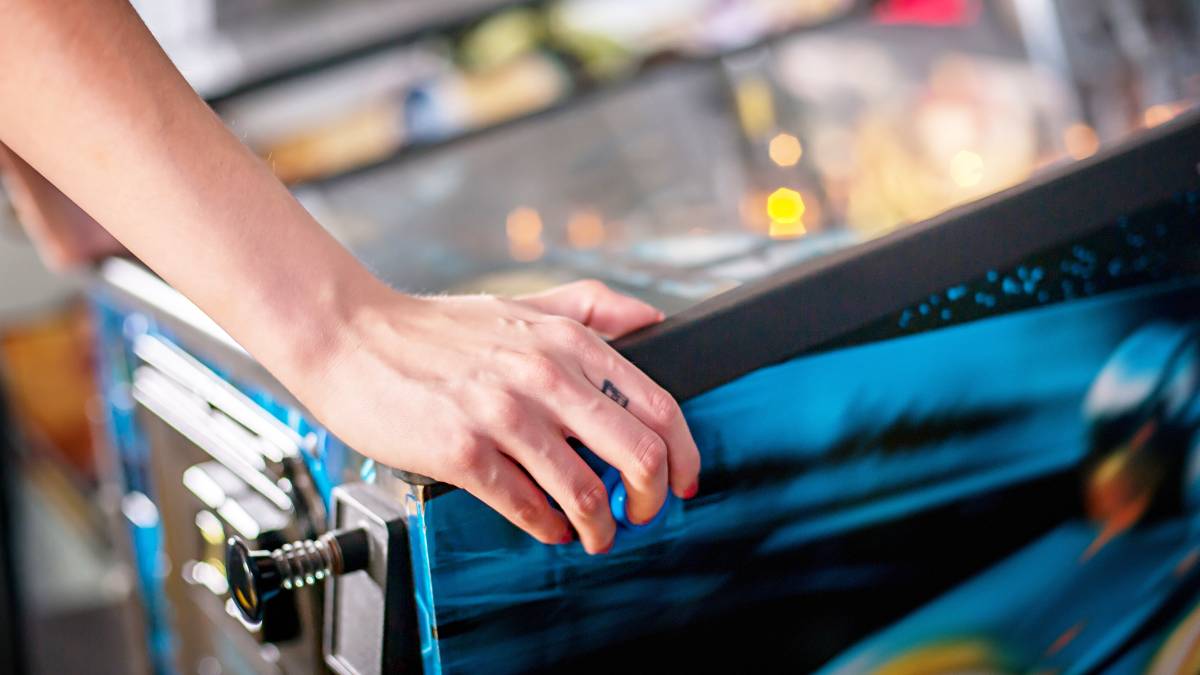
How to move a pinball machine
Read more
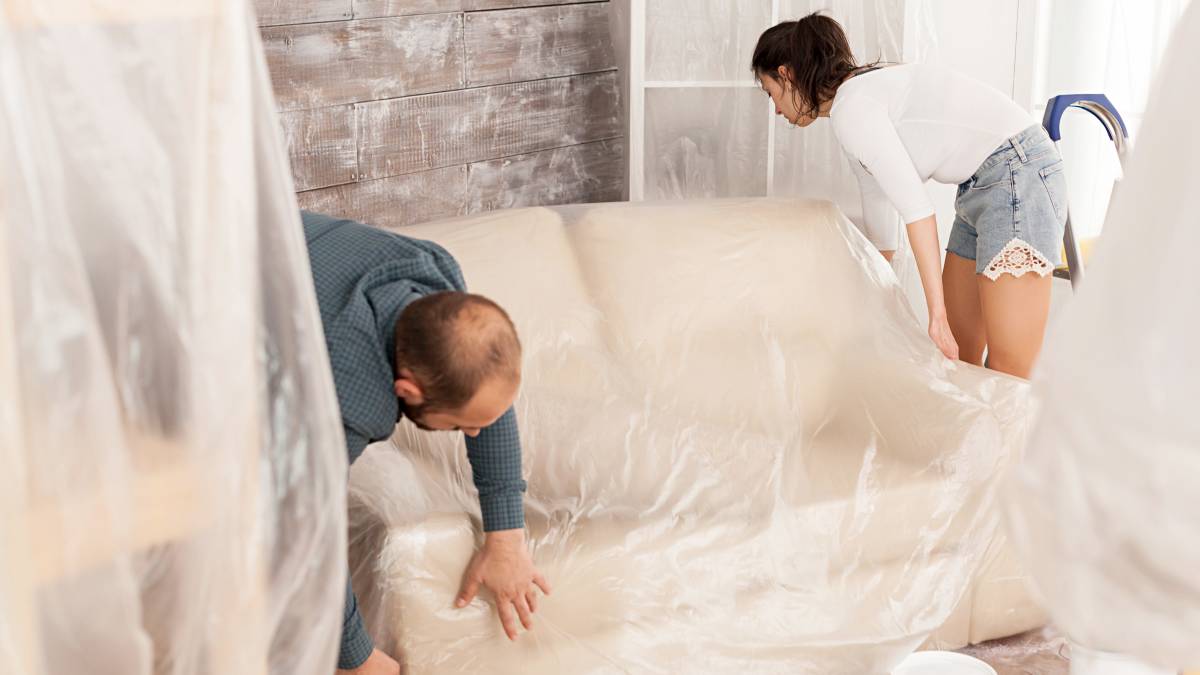
How to wrap furniture for moving
Read more

Moving interstate checklist
Read more
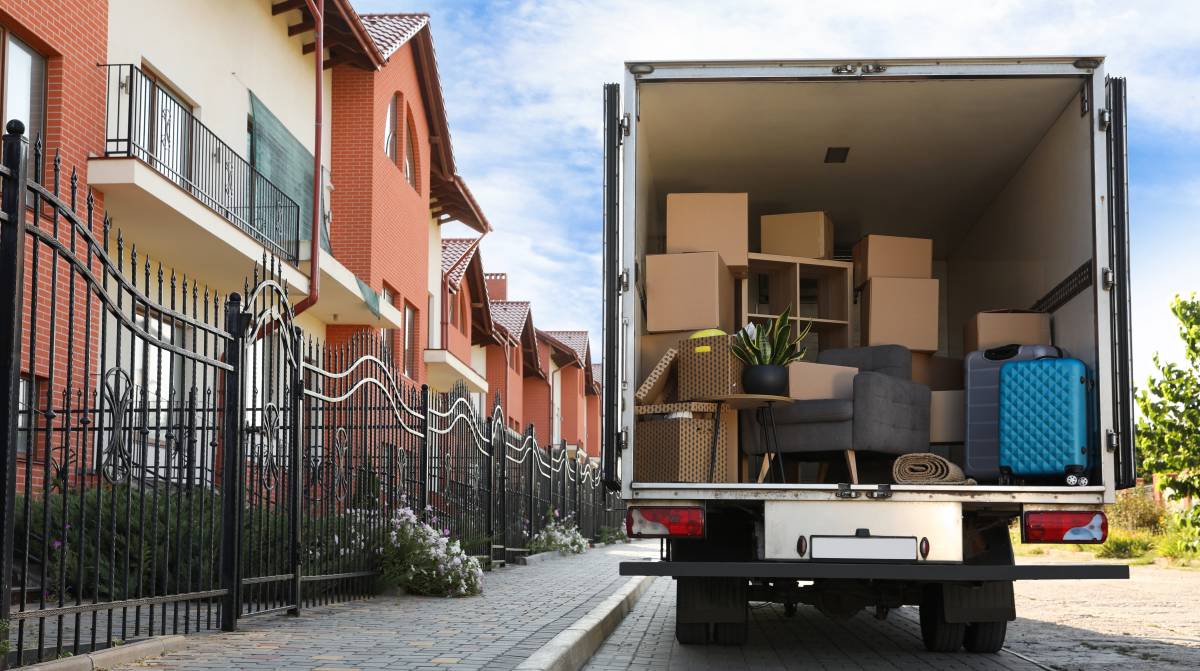
How to pack a moving truck
Read more
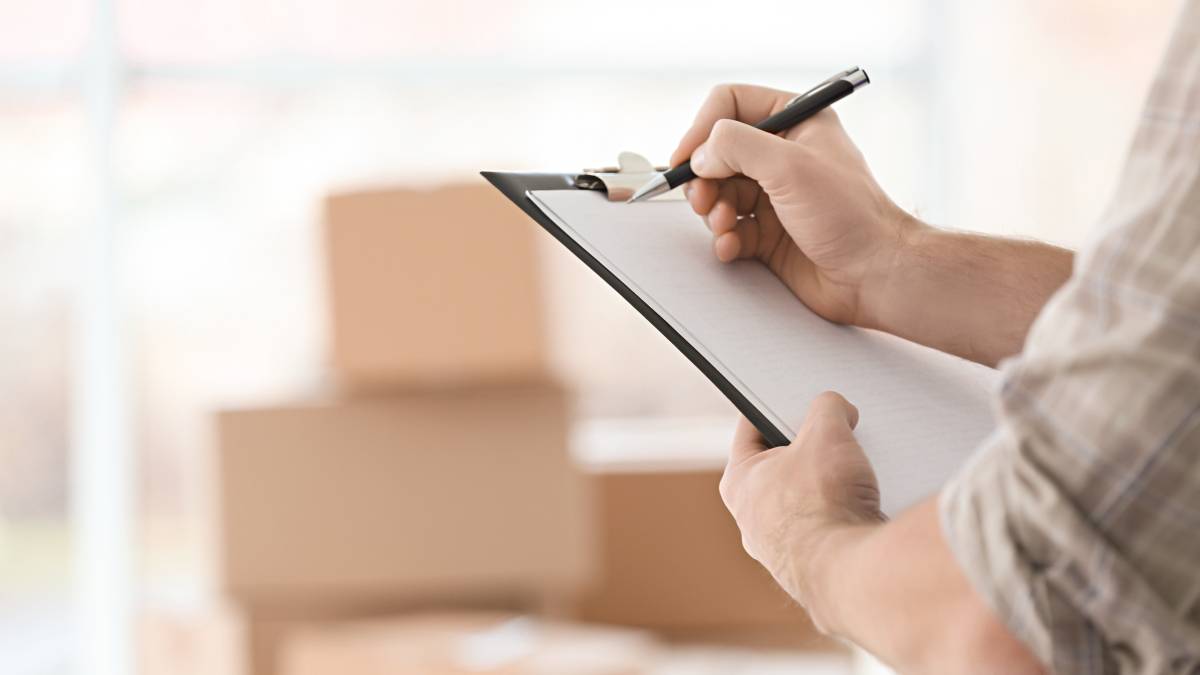
What removalists won’t move
Read more
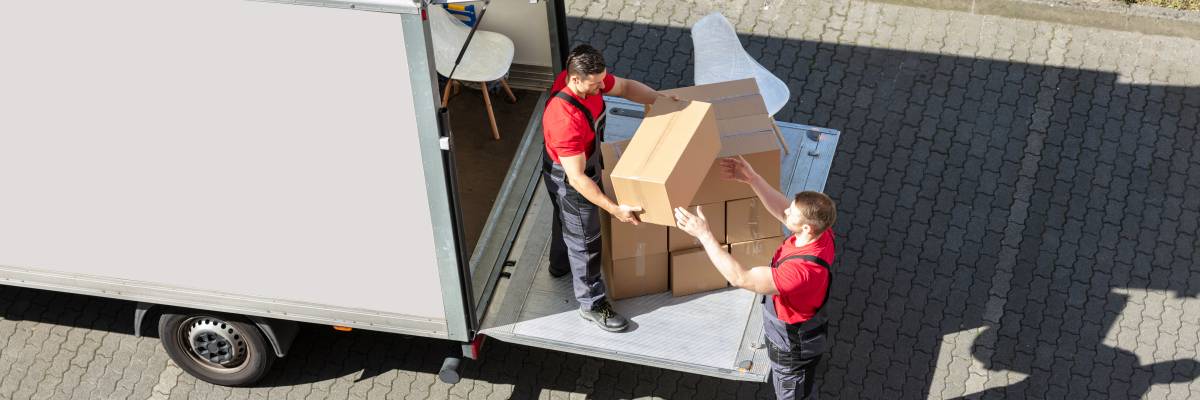
How much do removalists make?
Read more
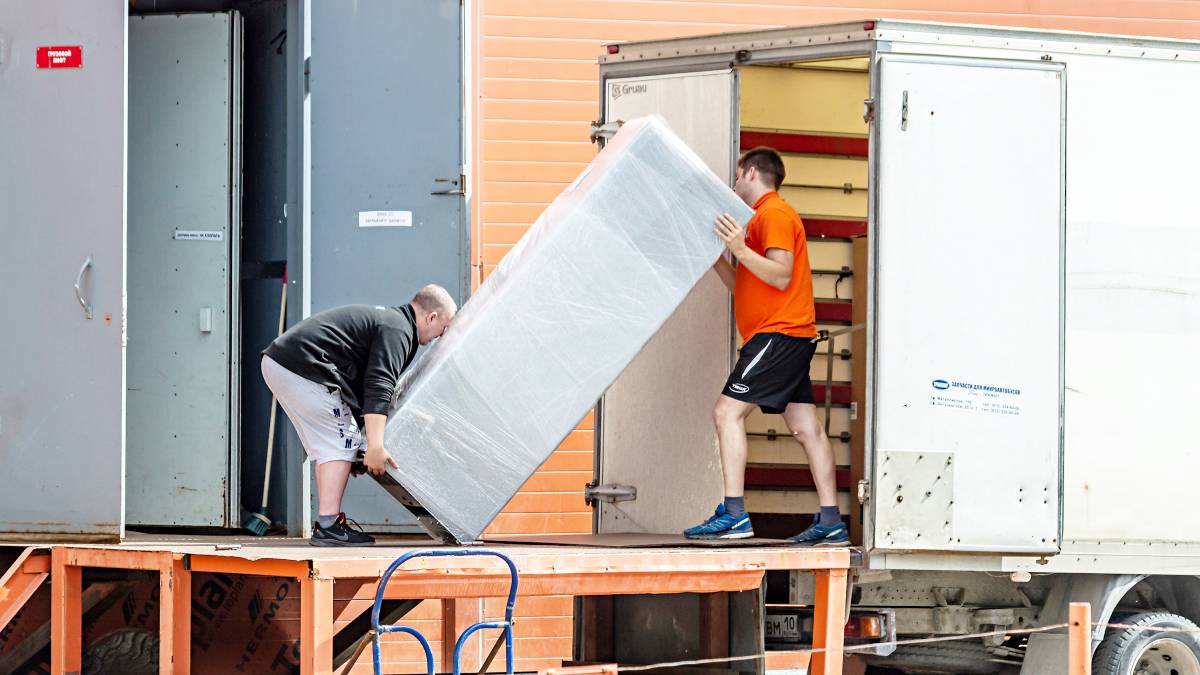
Moving a fridge: How to do it right
Read more
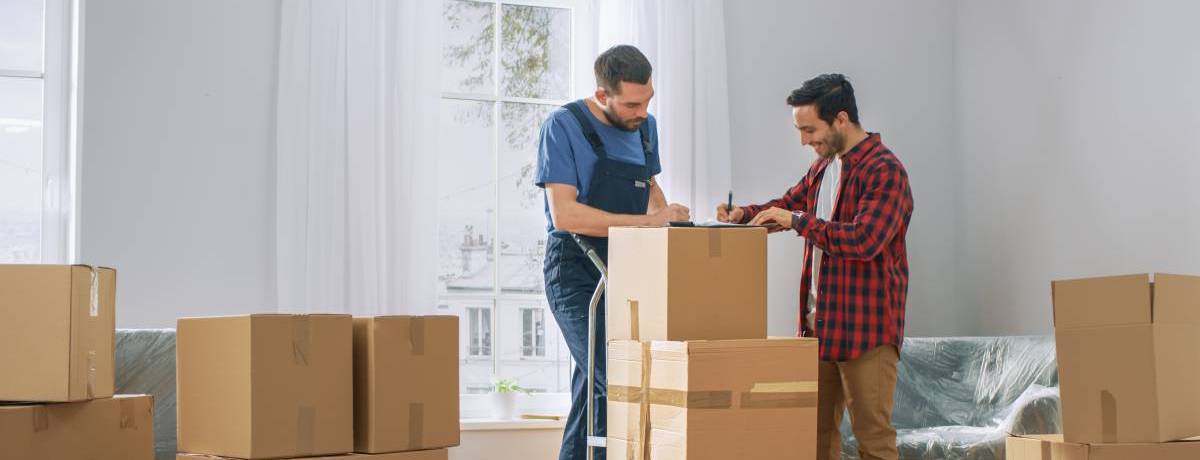
A guide to becoming a removalist
Read more
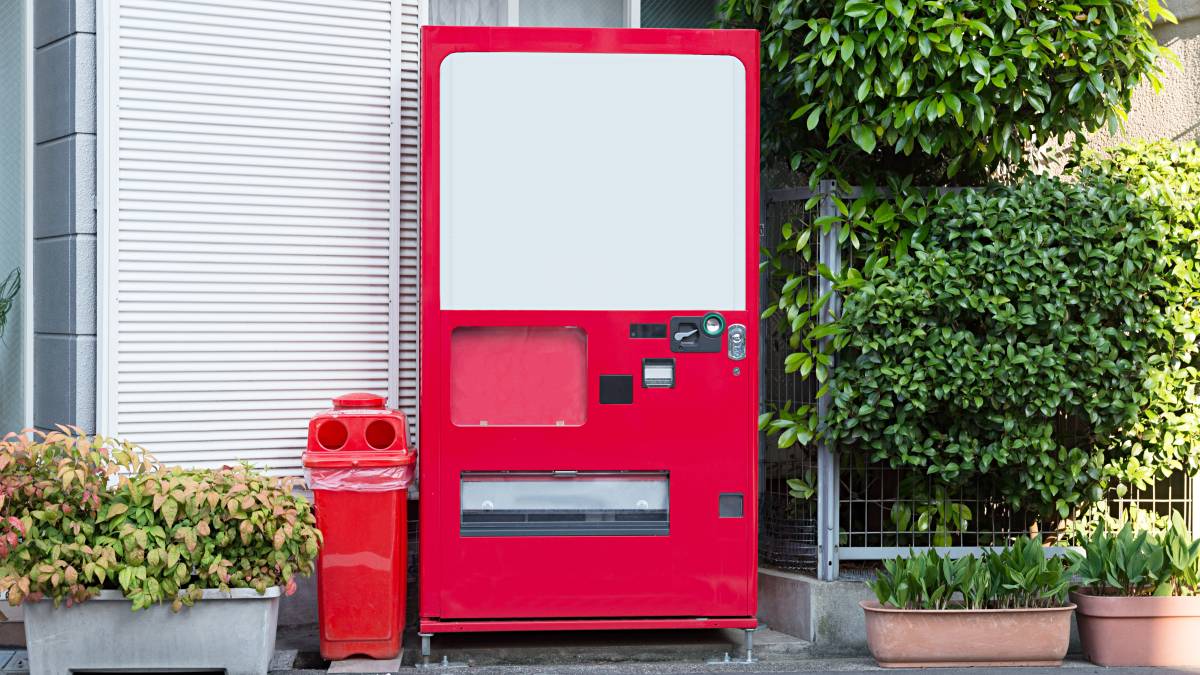
How to move a vending machine
Read more

Tips for moving house with kids
Read more
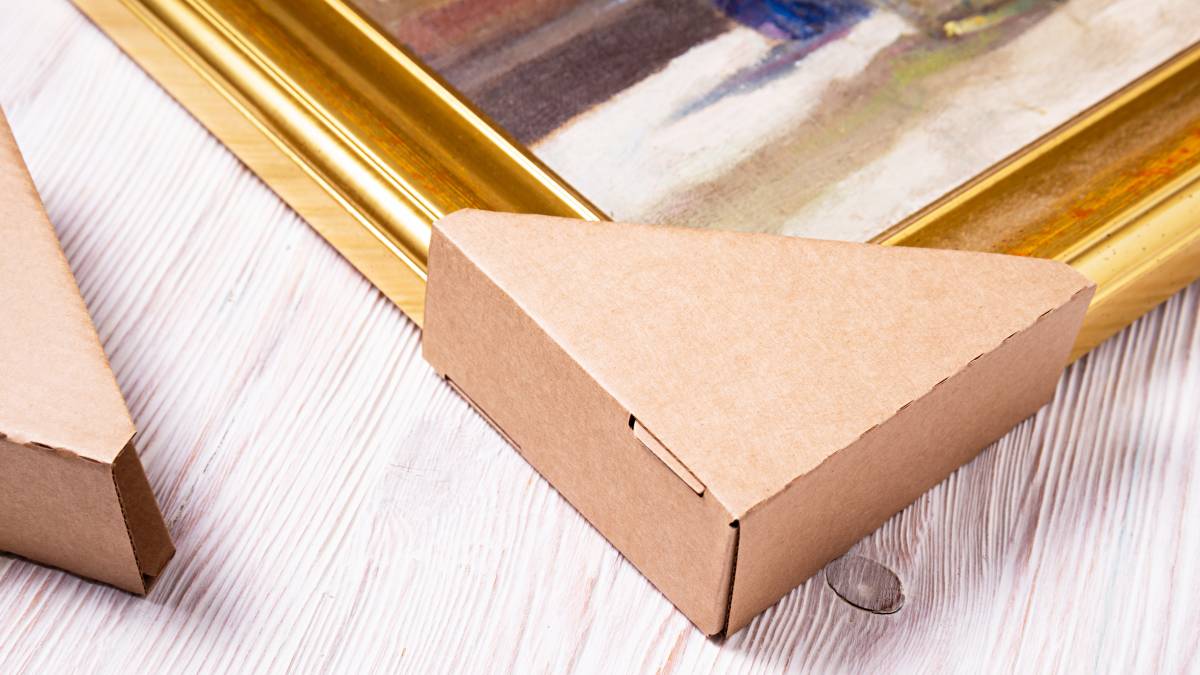
How to pack artwork for moving
Read more

How to move a pool table
Read more
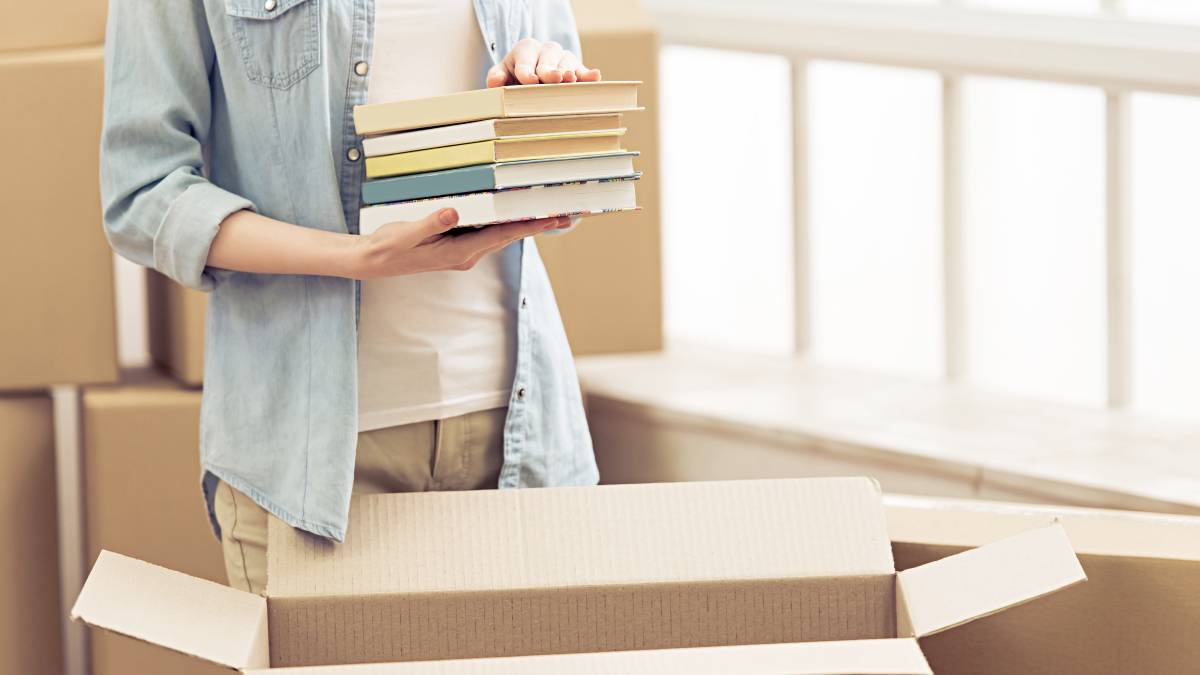
How to pack books for moving
Read more
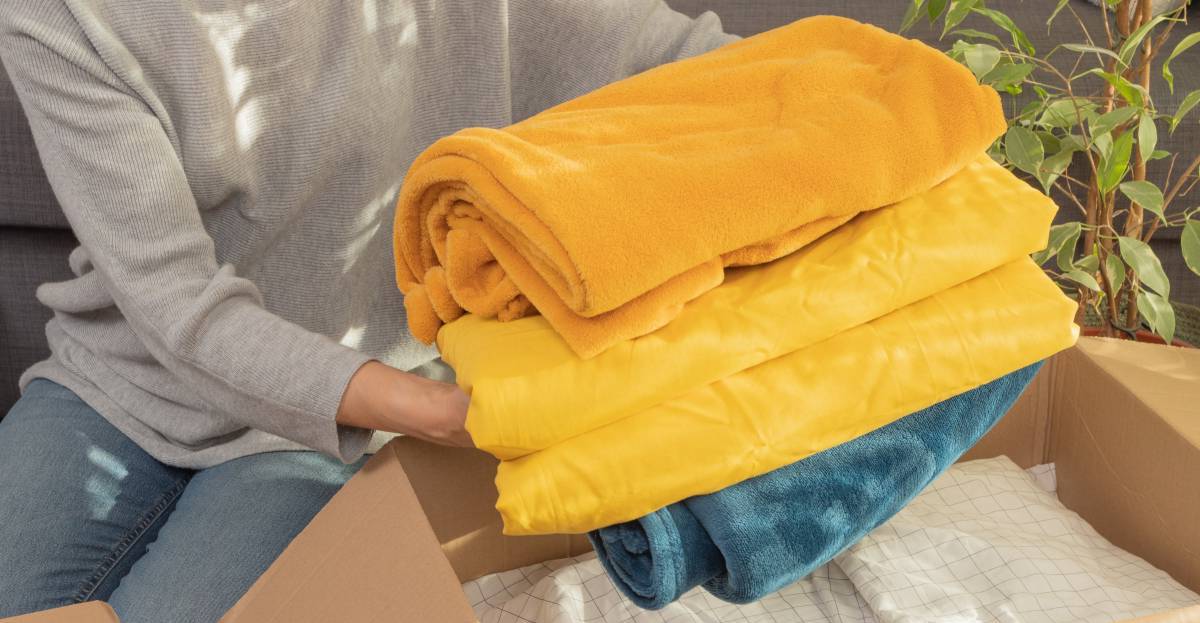
How to pack bedding for moving
Read more
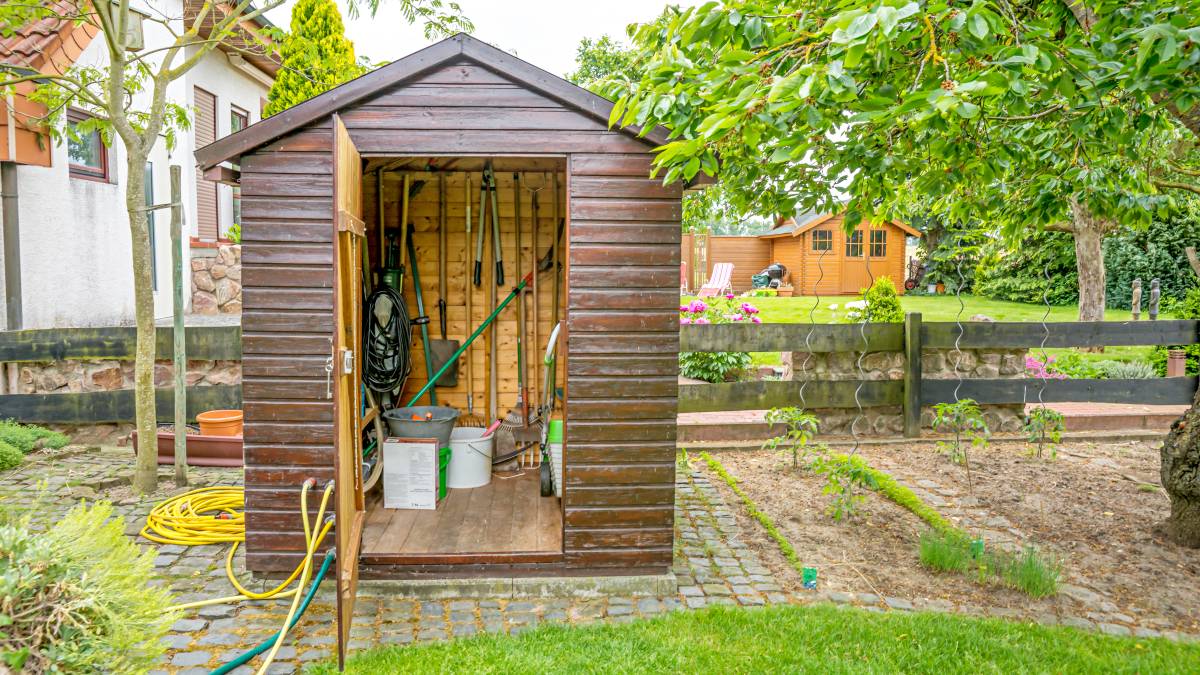
How to move a shed
Read more
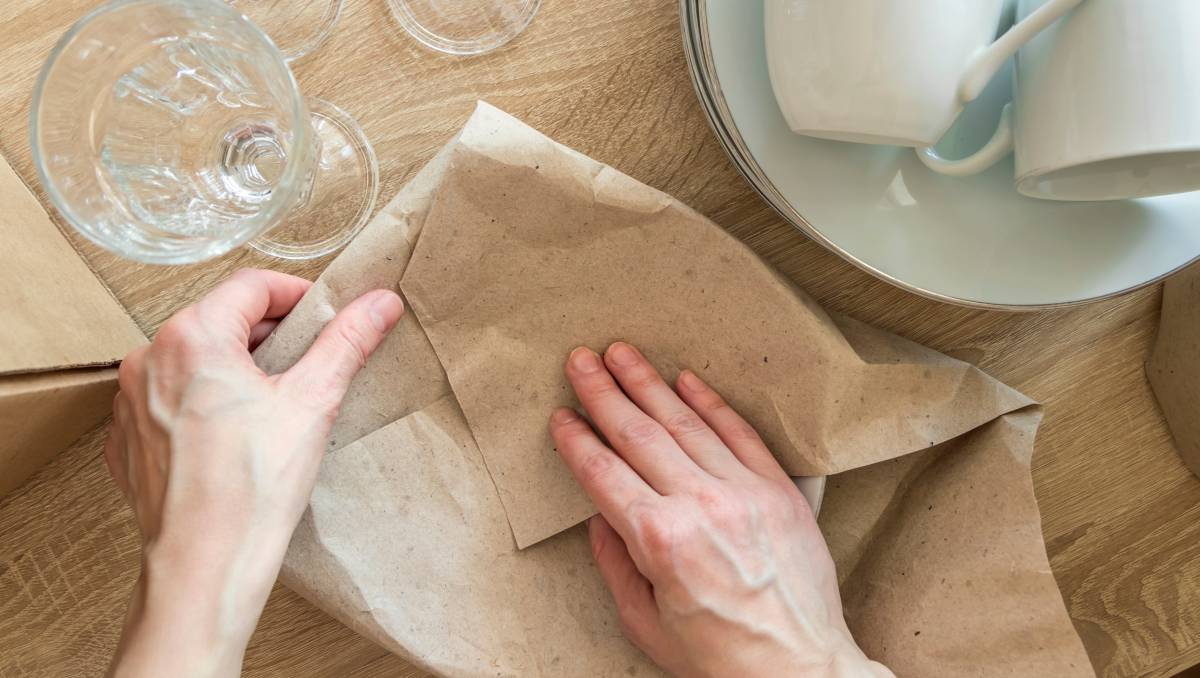
How to pack kitchen items
Read more
Related price guides
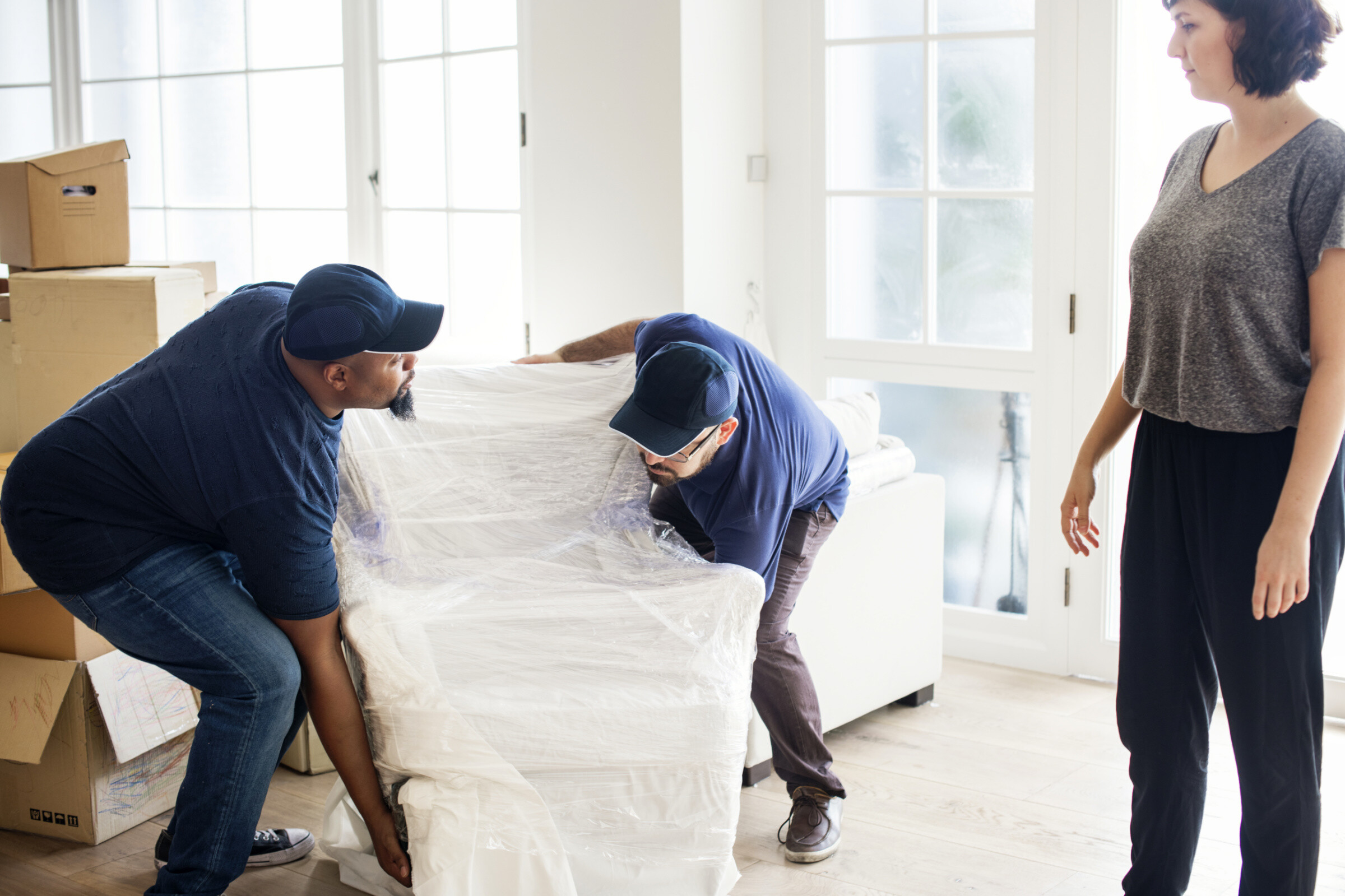
How much does it cost to move house?
Read more
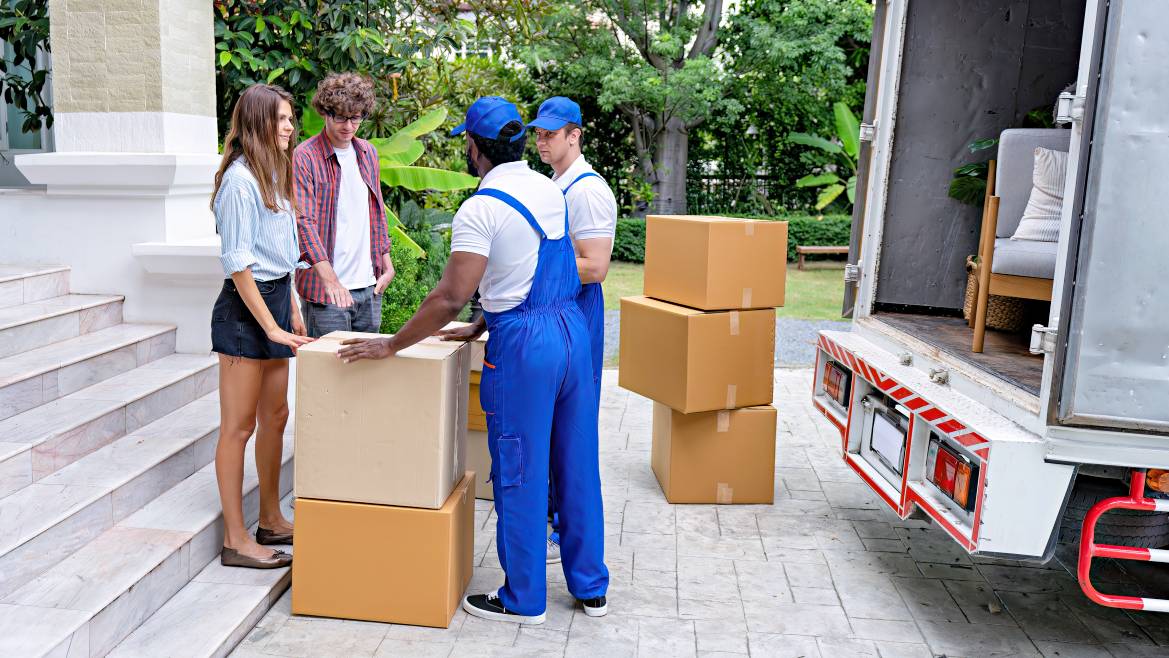
How much do removalists cost?
Read more
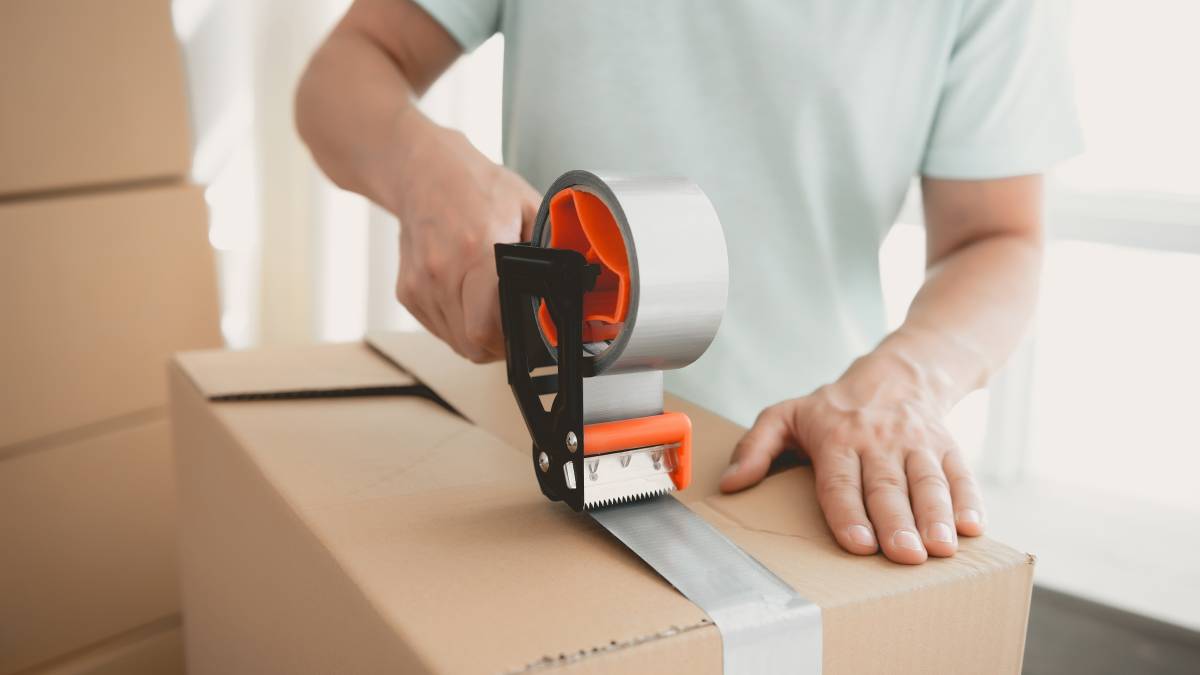
How much do packers cost?
Read more

How much does piano moving cost?
Read more
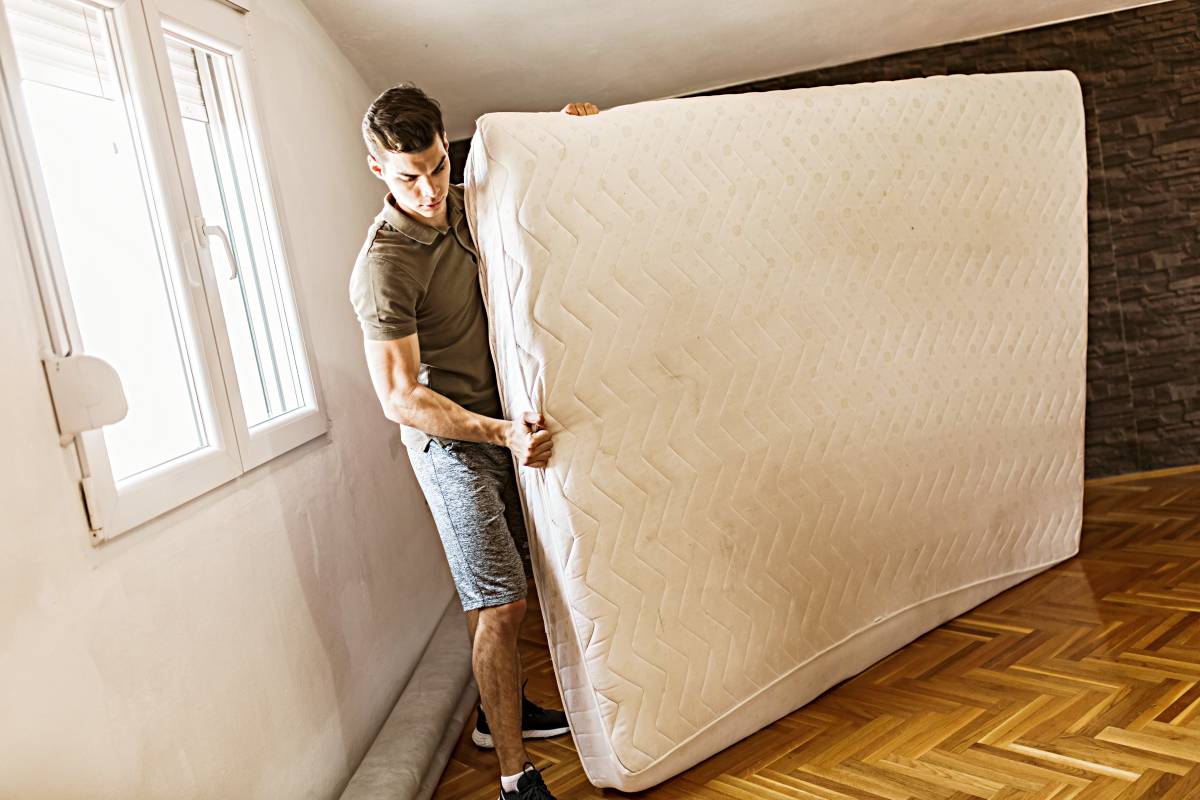
How much does mattress removal cost?
Read more
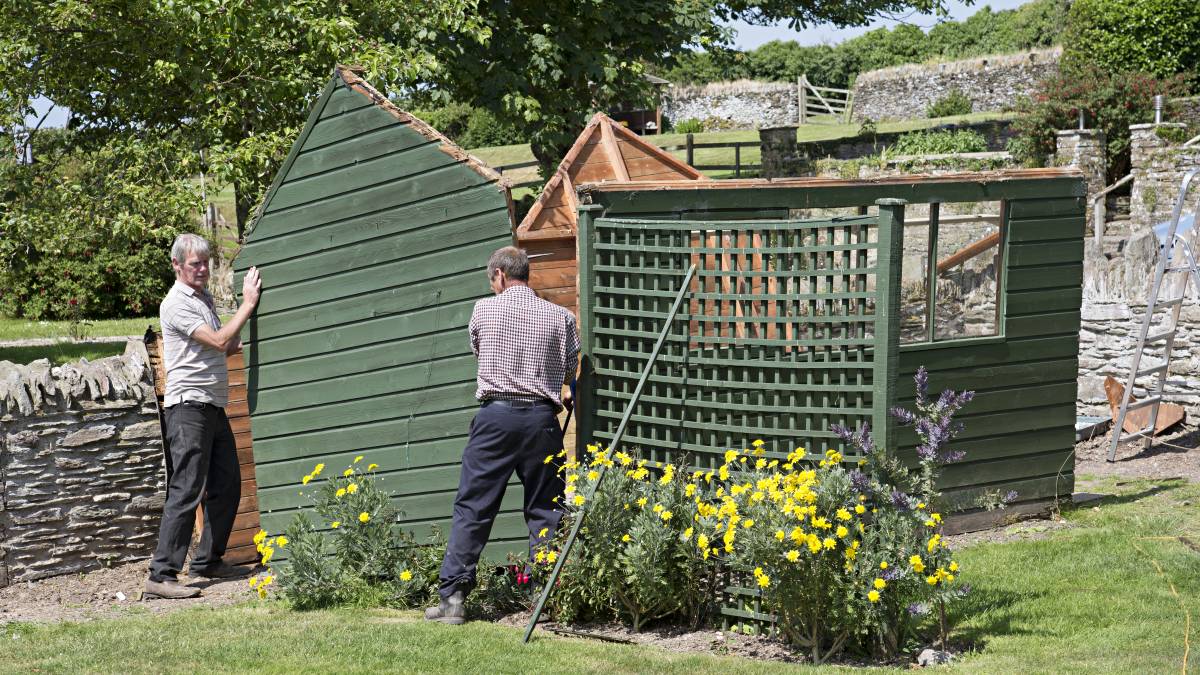
How much does shed removal cost?
Read more
